What Is This?
This is my invention of an electrostaticly augmented cyclonic wet scrubber. It is a device that purifies the air by using water and electricity, without the use of a fabric filter. My vision is to leverage this technology to solve a variety of common household air quality problems. It would be awesome to use this technology to build centralized air cleaning units in homes, or stand alone air purifiers, or counter top kitchen range hoods, or laboratory recirculating fume hoods/extractors, or appliances that allow people to smoke indoors comfortably. Perhaps even a generic air-cleaning unit with multiple attachments that can do it all!
This invention is of vital importance to households as the air quality in households are not regulated by the EPA. More often than not, air quality inside a home is much worse than outside air due to trapped dust and allergens, smoke from cooking, chemicals from cleaning, and volatile organic compounds (VOC's) that leach from common building materials like carpet and paint. Serious chronic health conditions, ranging from asthma and bronchitis to lung cancer, can arise because of poor indoor air quality. Children and the elderly are most susceptible to developing these respiratory problems because of the amount of time they spend indoors.
My invention would be very valuable in the average household during the winter, when there is very little natural ventilation in the home to flush out indoor pollutants. It is also especially useful in areas like Beijing, where smog and PM2.5 air particles are constantly at high levels. Being an asthmatic myself and having a non-smoker friend recently being diagnosed with lung cancer, this invention is quite personal to me and I find indoor air quality a very pressing issue to address. Current wet scrubber technology is generally used in industrial settings to clean heavily polluted air, such as the exhaust of coal fired power plants and garbage incinerators. However, I strongly believe they need to be implemented into homes in one or more ways. My invention improves upon current wet scrubbing technology and makes it more accessible to the average household in both size and cost.
For the DIY enthusiast, my invention would be particularly useful in the workshop. Many DIY workshops produce dust, smoke, and harmful VOC's from activities ranging from soldering, welding, grinding, painting, cutting and staining wood, laser cutting, 3d printing, to chemistry experiments. The equipment required to clean such pollutants can get very pricey very fast. One of my goals is to make everything about my invention DIY, cheap, and yet have excellent results so the DIY enthusiast can make their own air cleaning device on a low budget. I built all of my prototypes as cheaply as possible and used second hand goods from Good Will and salvaged parts from electronic waste. Anyone on a tight budget can build one of these with parts sourced from a second hand store or a local hardware store.
Why Not Use A HEPA?
I chose wet scrubber technology over typical HEPA fabric filters for three reasons. One, because you can theoretically get the same results as a HEPA but don’t have to keep buying expensive filters - all you need is water and electricity. Second, wet scrubber technology can be used for applications where humid or oily particulates need to be removed, such as from cooking exhaust in the kitchen. HEPA fabric filters cannot handle humid or oil-laden air as it will get clogged and deteriorate. And third, wet scrubbers can absorb volatile organic compounds or gases that are soluble in water.
How Does It Work?
The key to my invention lies in the geometry of the wet scrubber and the use of electricity to boost its scrubbing power. My design is very scalable and can be implemented in a small form factor, providing good performance from a device the size of a counter top appliance.
It first ionizes the incoming particulate laden air via a high voltage pre-charger. This pre-charger...
Read more »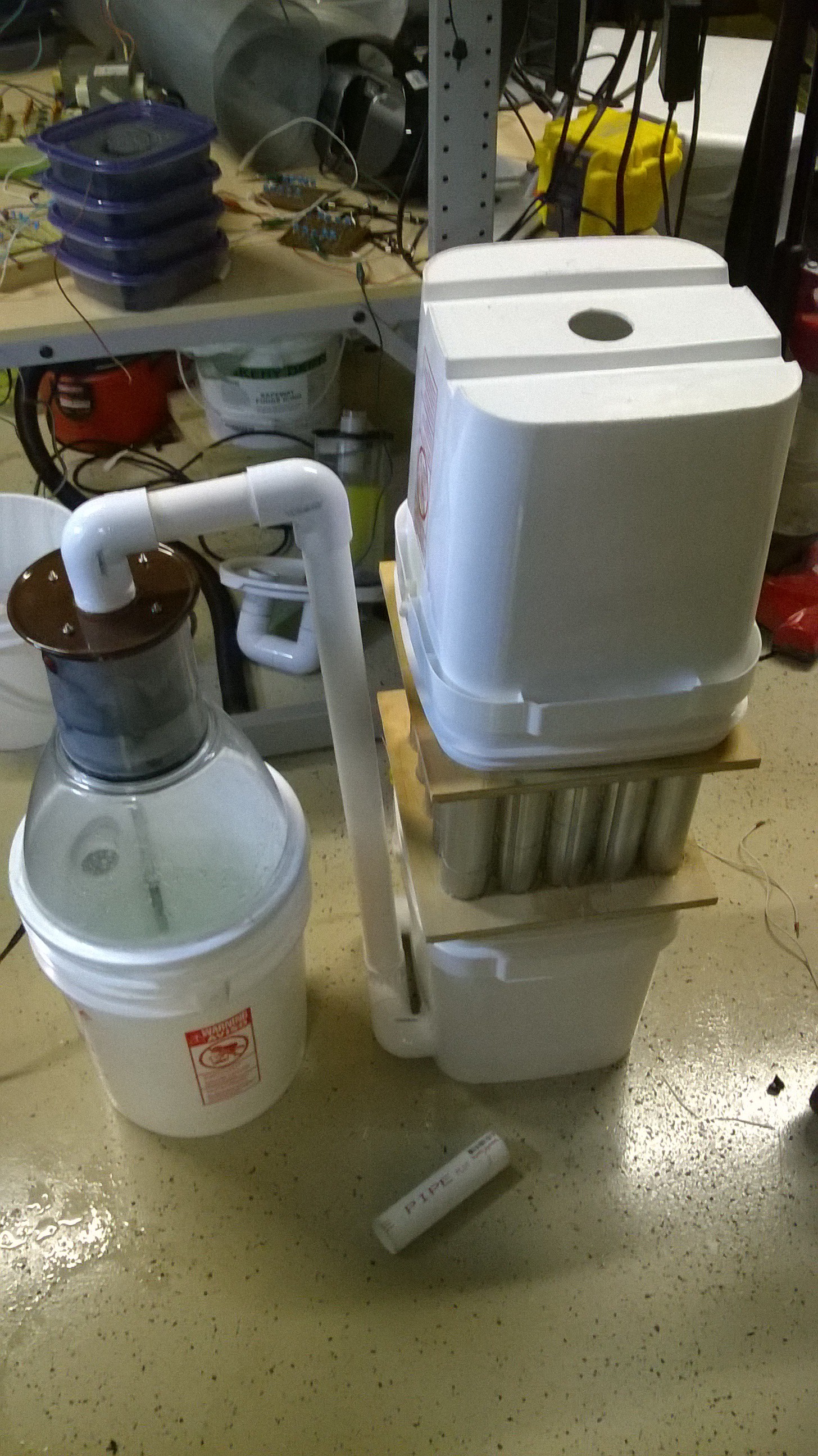 I then glued a sandwich container to the top of the ESP so the activated carbon pods could interface to them.
I then glued a sandwich container to the top of the ESP so the activated carbon pods could interface to them. 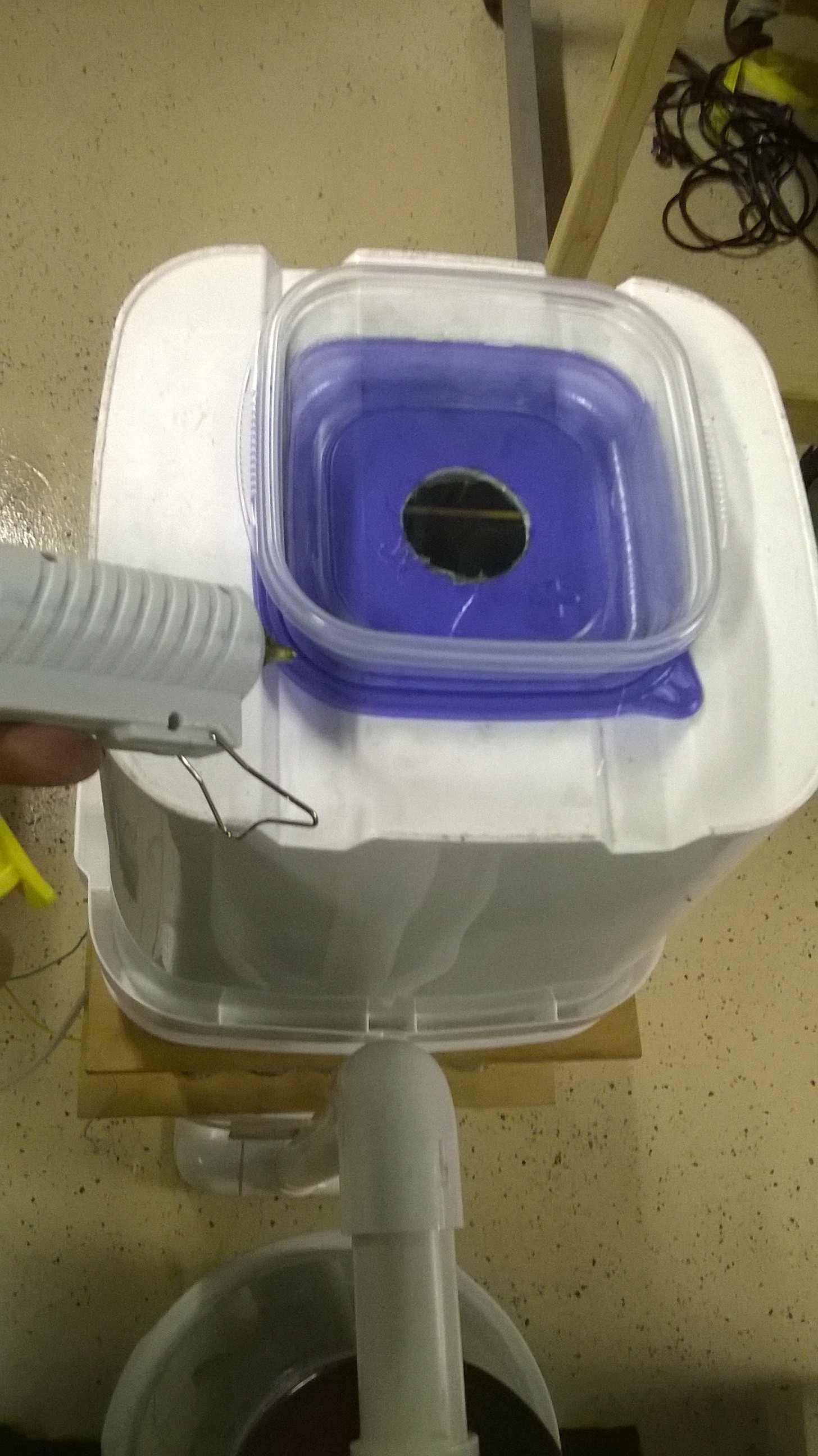 Then I took four activated carbon pods and glued them together into one module, then I mounted it on top of the ESP.
Then I took four activated carbon pods and glued them together into one module, then I mounted it on top of the ESP.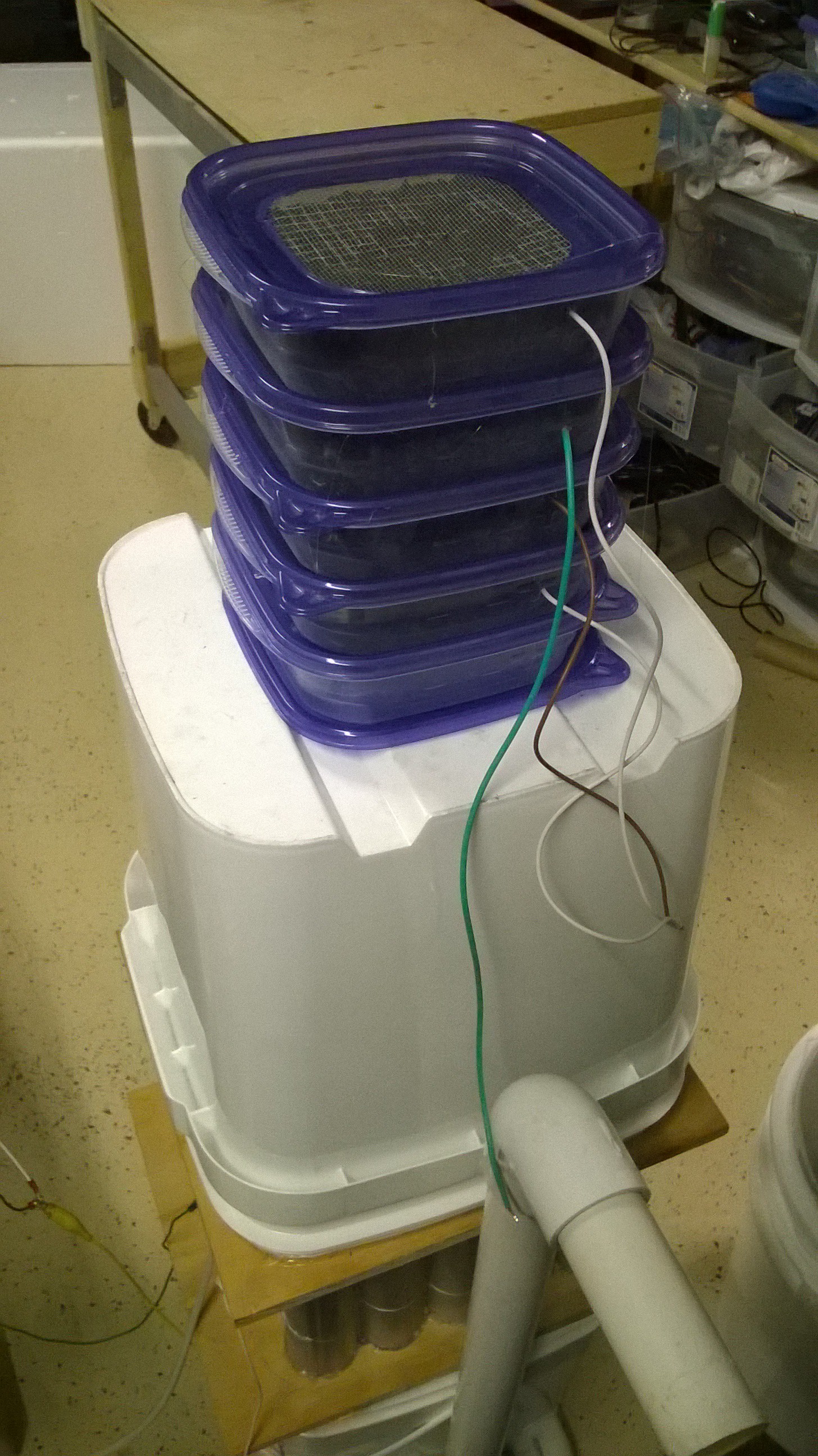 I decided to use the electrically charged versions of the activated carbon pods and connect the carbon pods to the same polarity as that of the ESP tube walls, this gave additional collection surface for ultra-fine particulates and indeed it did help! Here is the finished unit. A unit of this size could scrub all of the pollutants in my whole workshop or even my house if I connected it to the HVAC system.
I decided to use the electrically charged versions of the activated carbon pods and connect the carbon pods to the same polarity as that of the ESP tube walls, this gave additional collection surface for ultra-fine particulates and indeed it did help! Here is the finished unit. A unit of this size could scrub all of the pollutants in my whole workshop or even my house if I connected it to the HVAC system.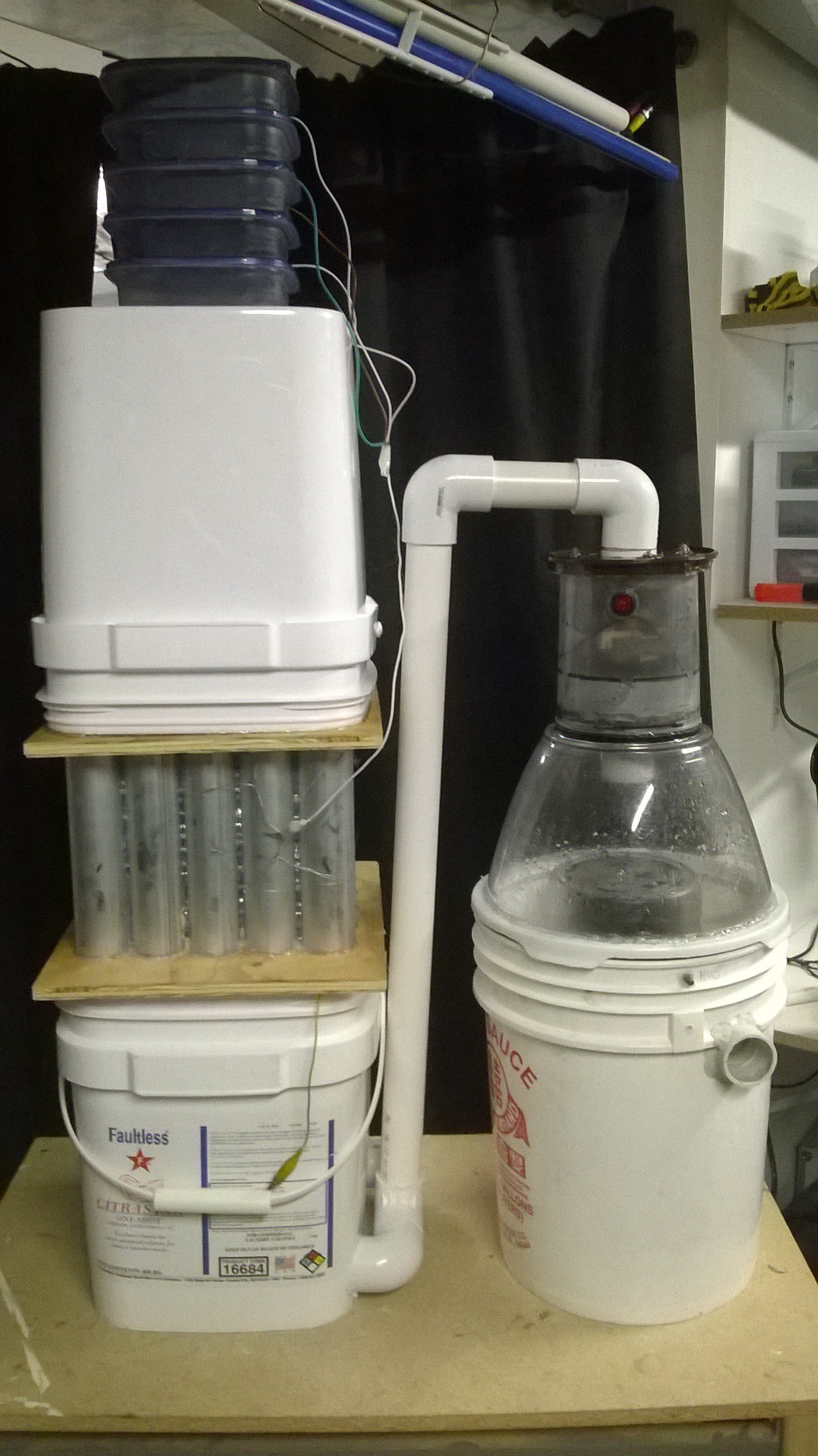
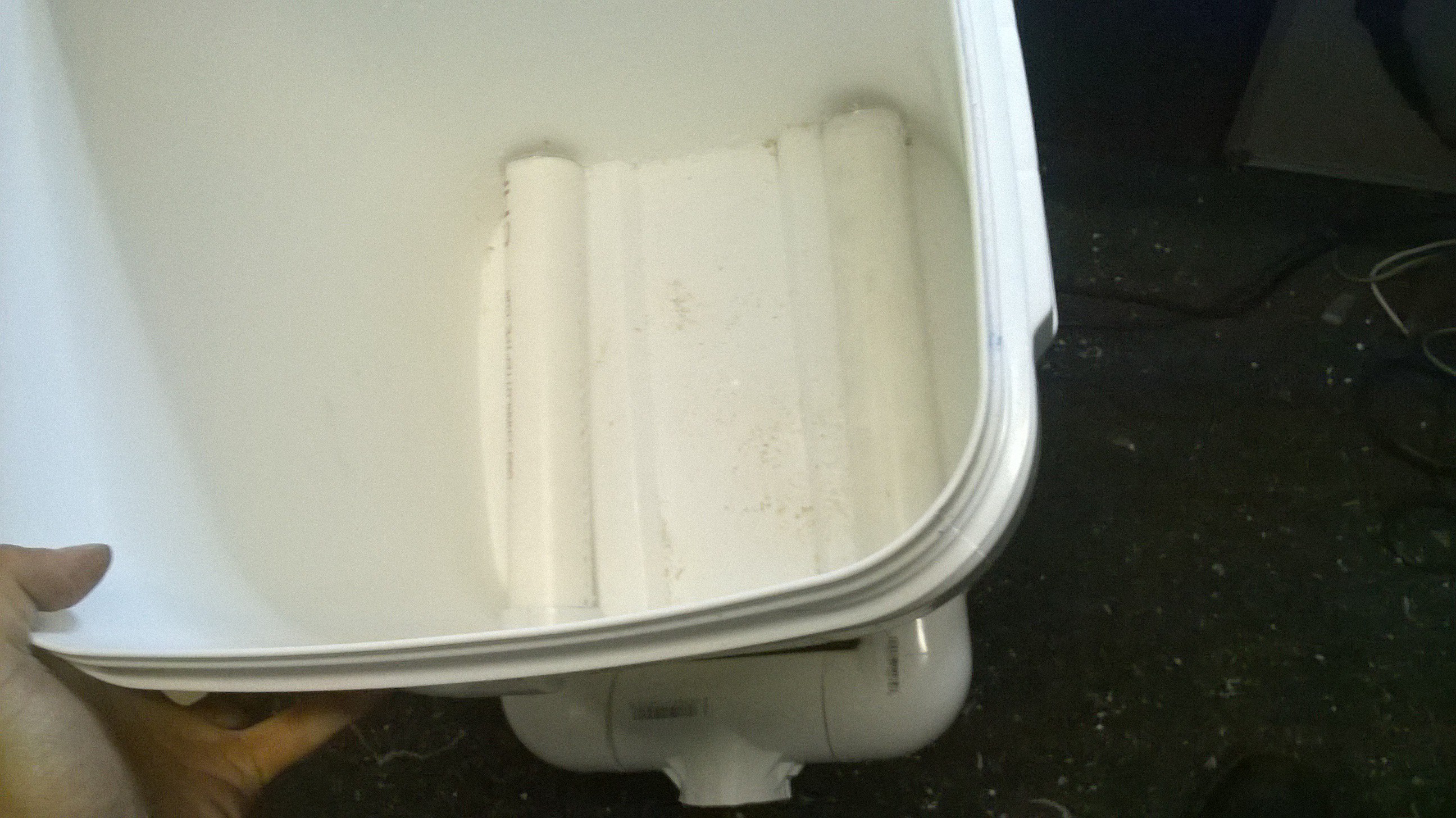 The holes were drilled so the air would enter on a horizontal plan then rise upwards.
The holes were drilled so the air would enter on a horizontal plan then rise upwards.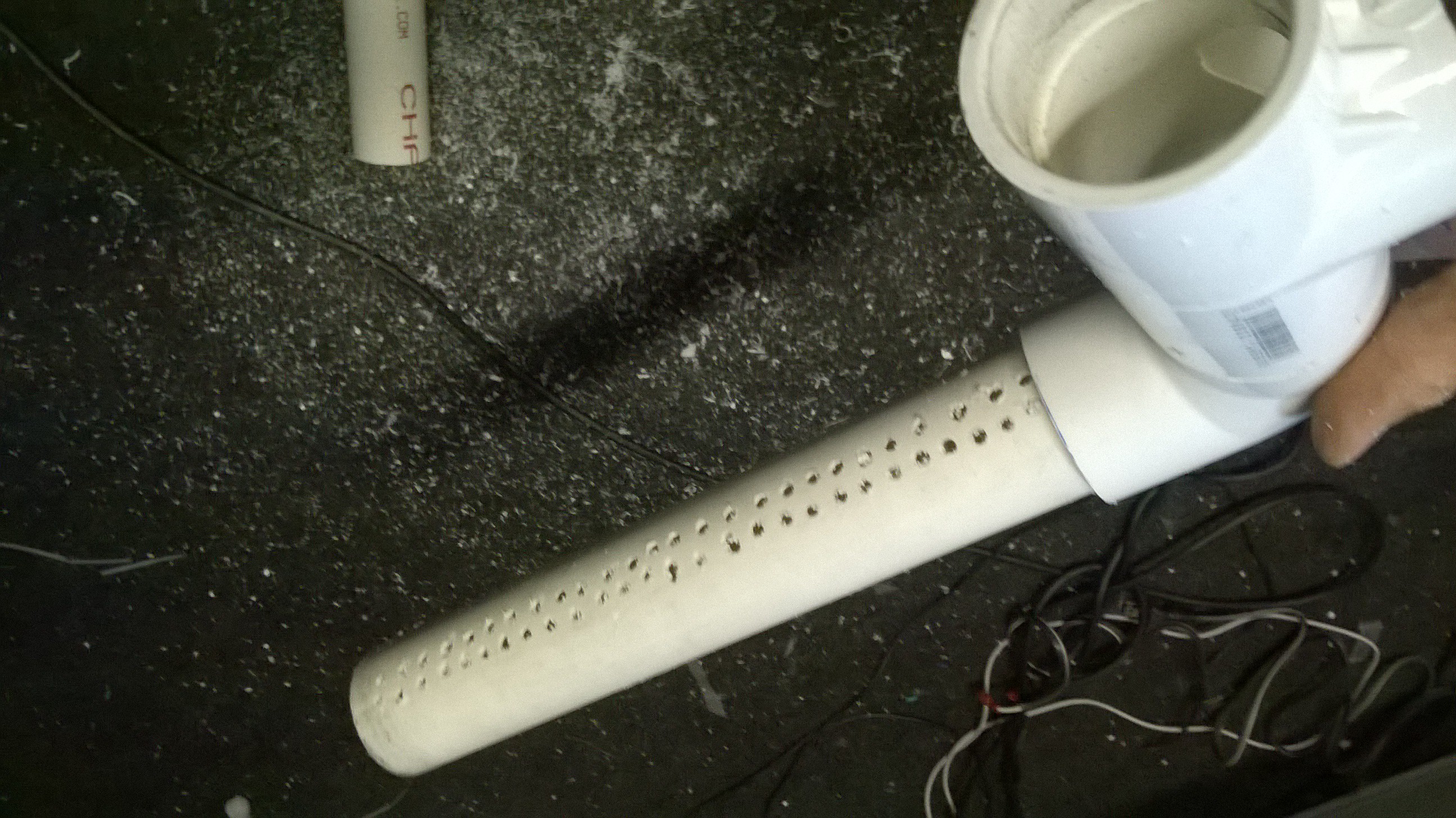
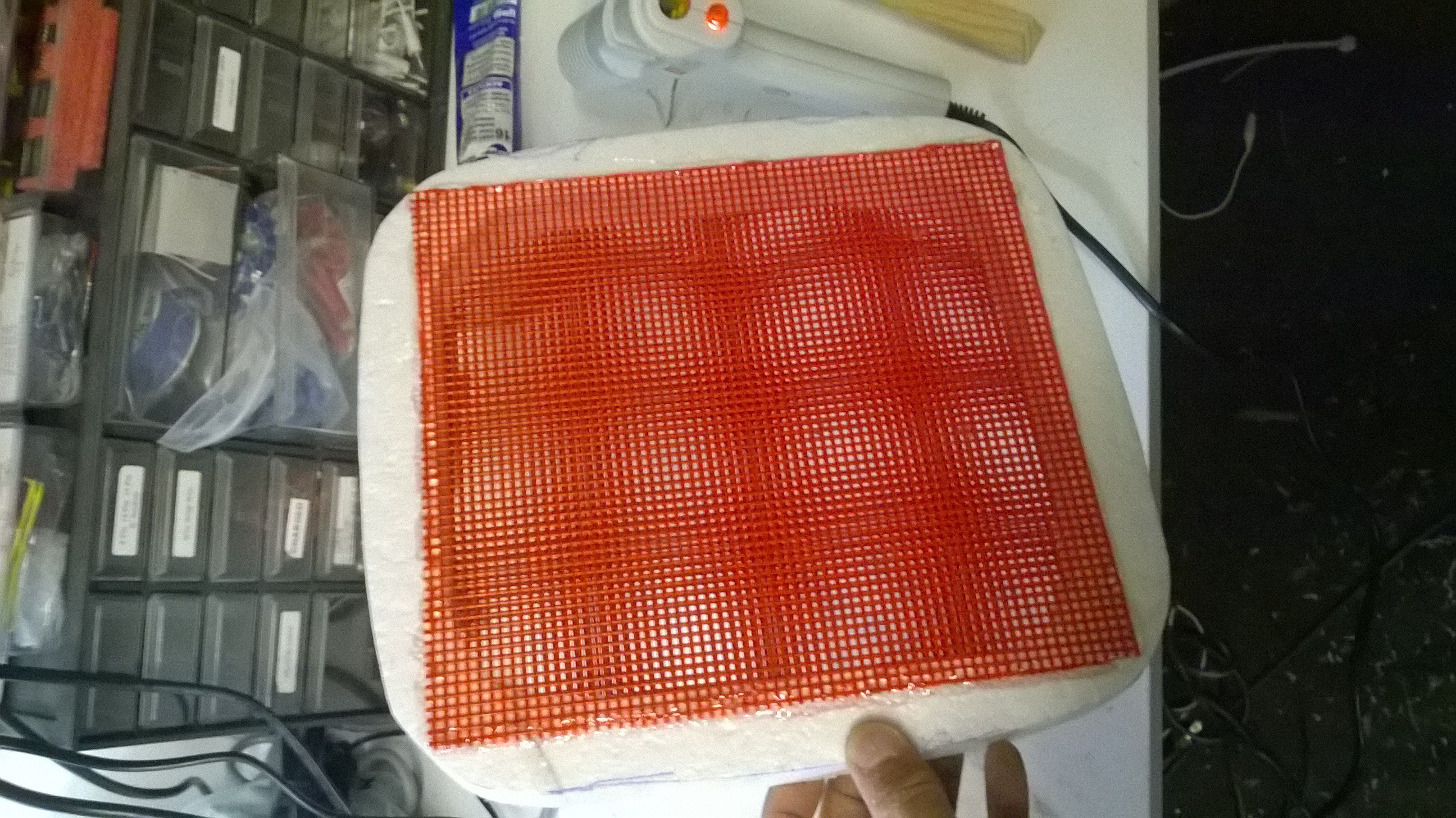
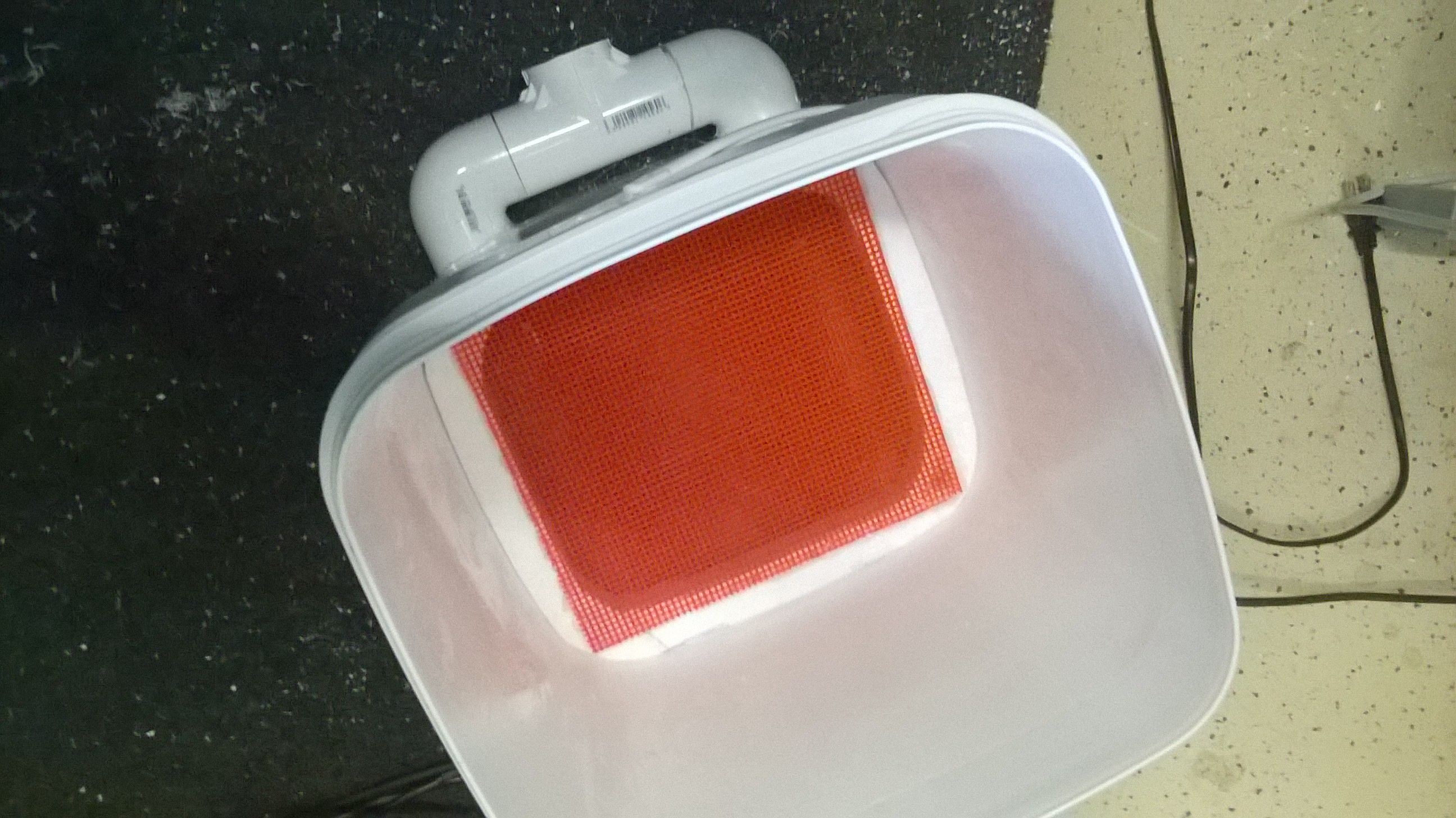
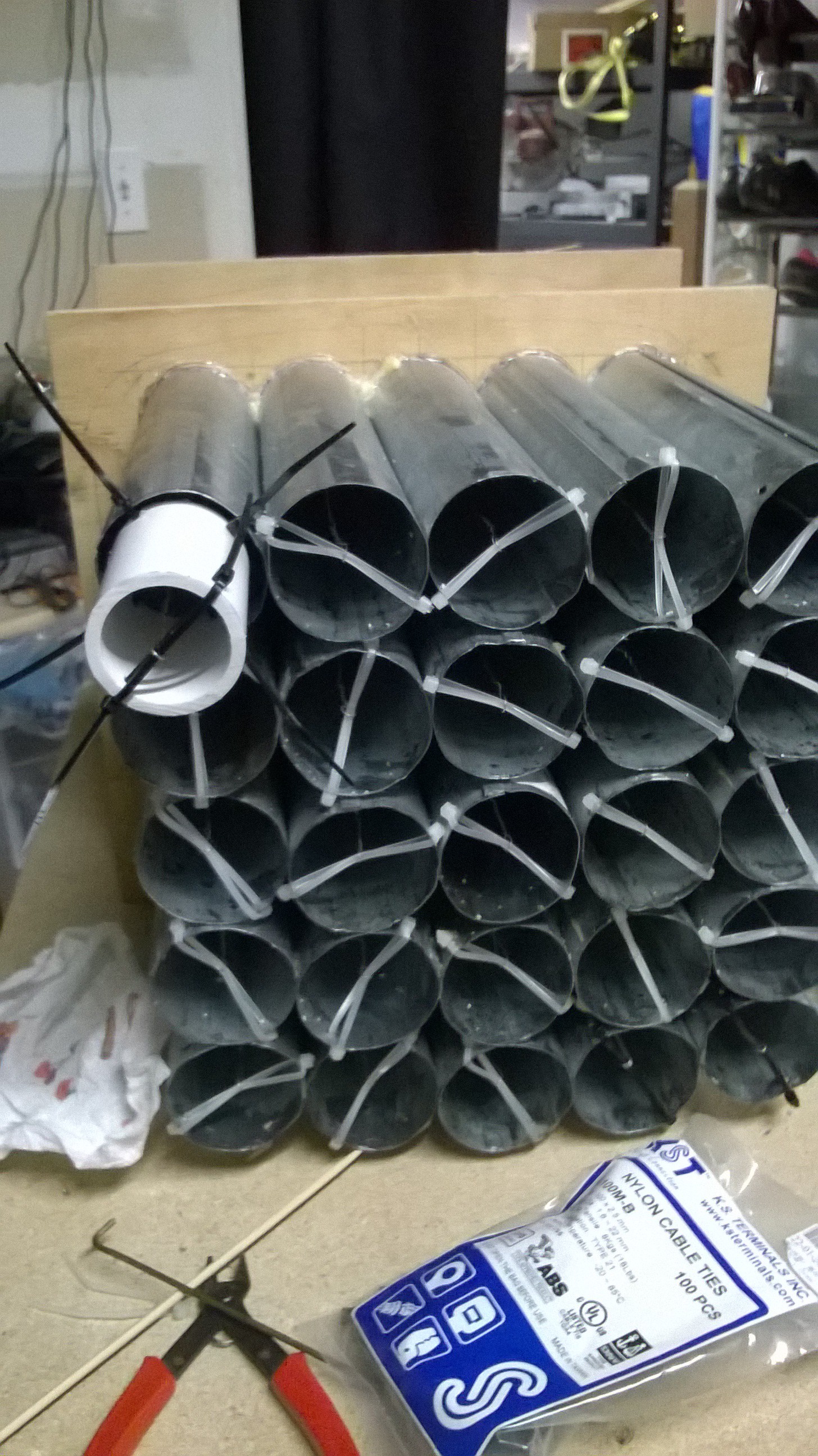 After rewiring it looked like this.
After rewiring it looked like this.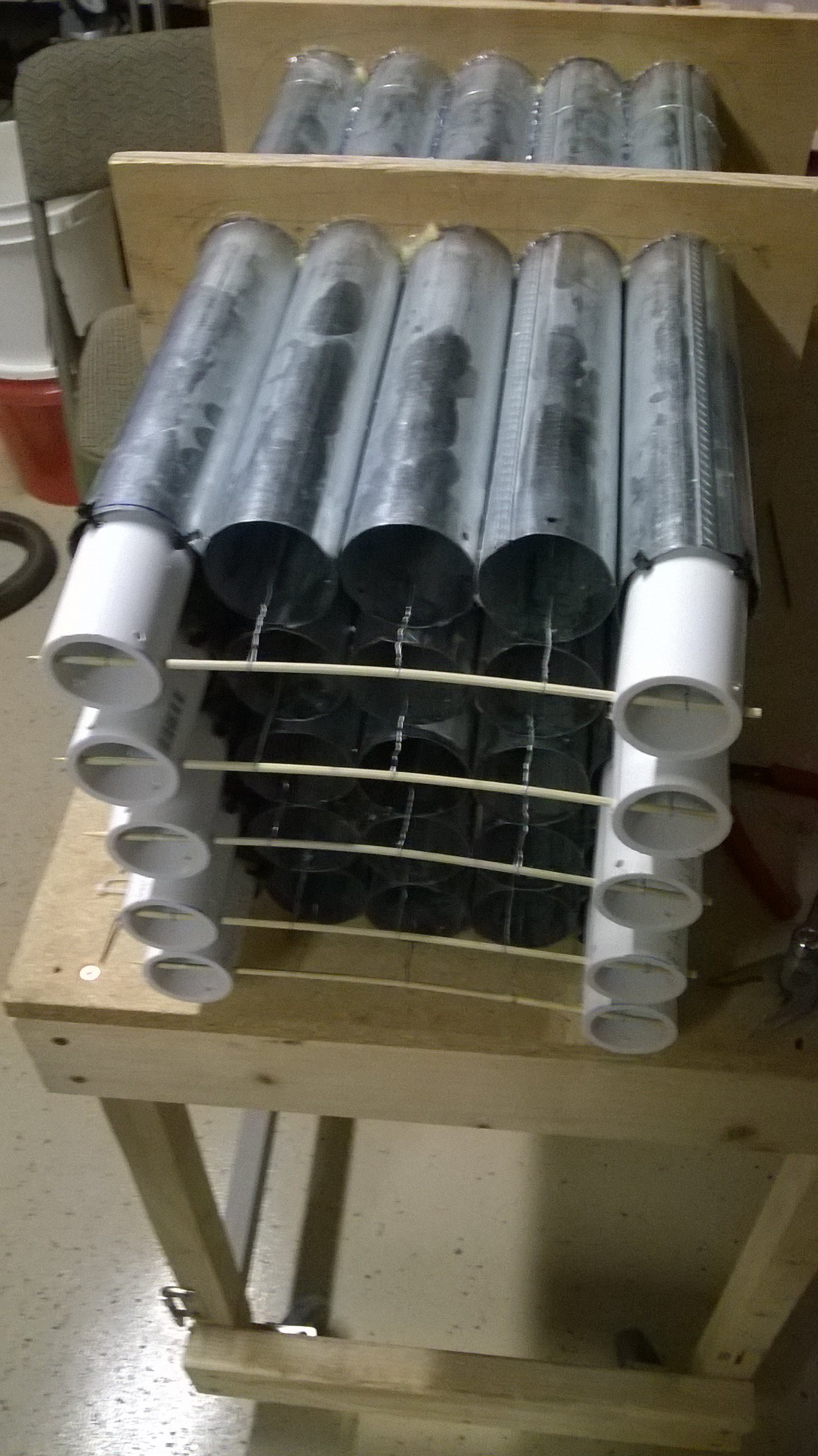
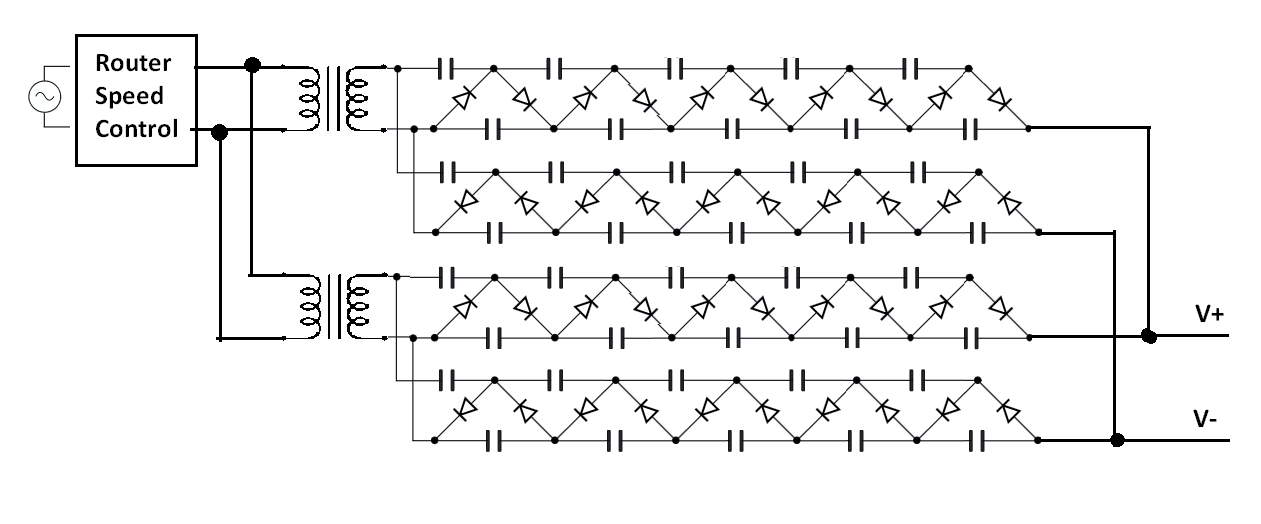
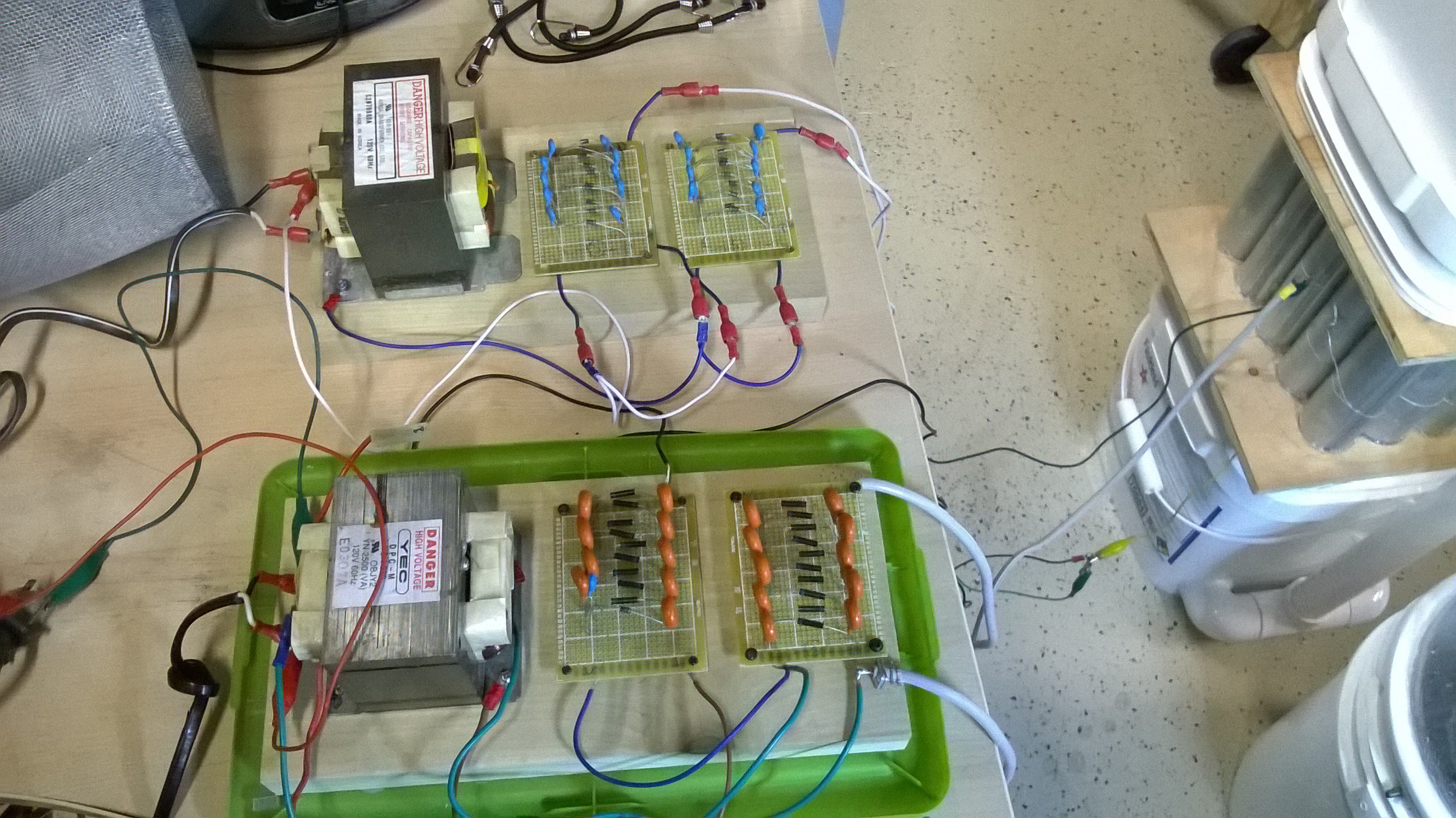
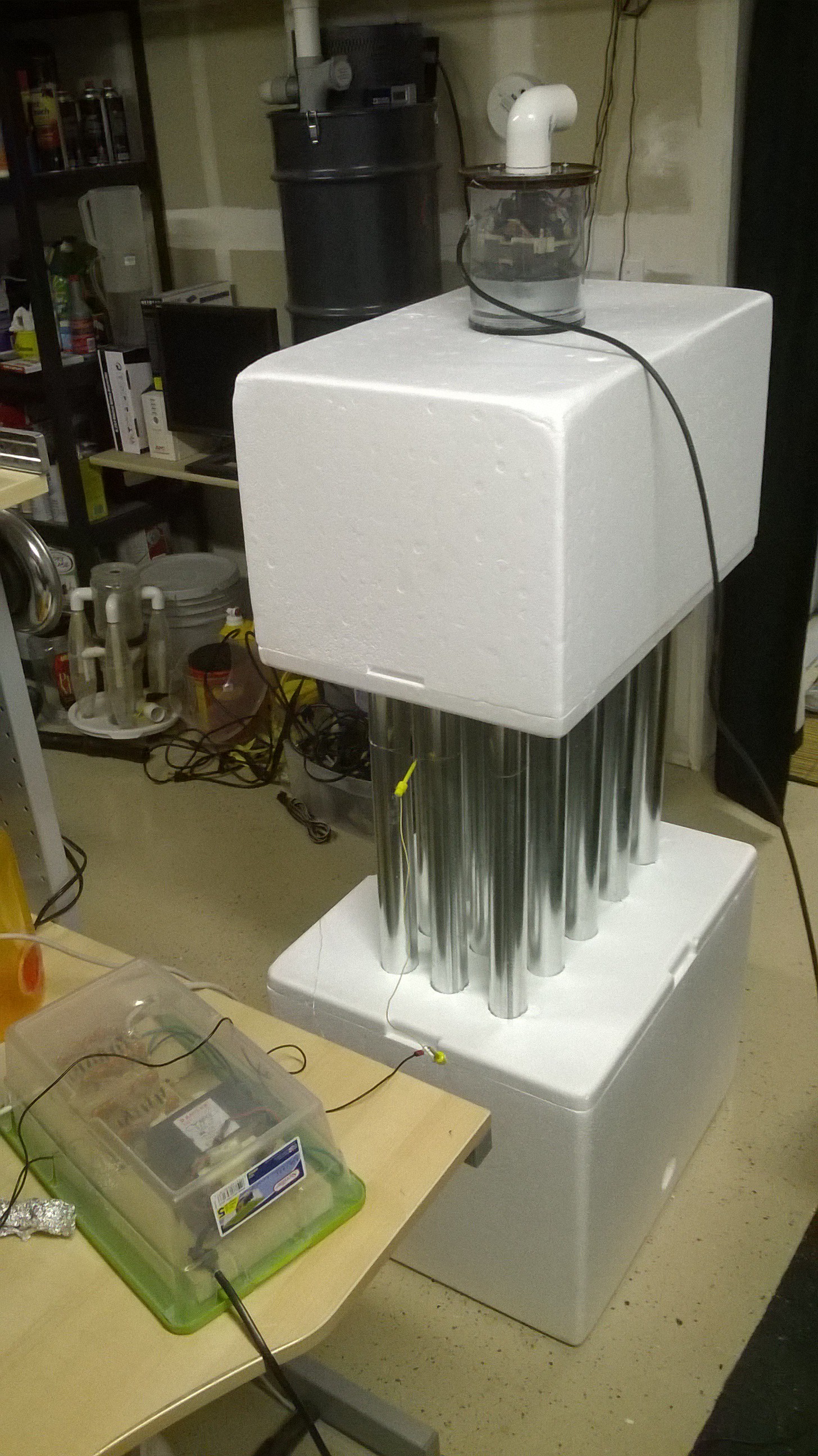
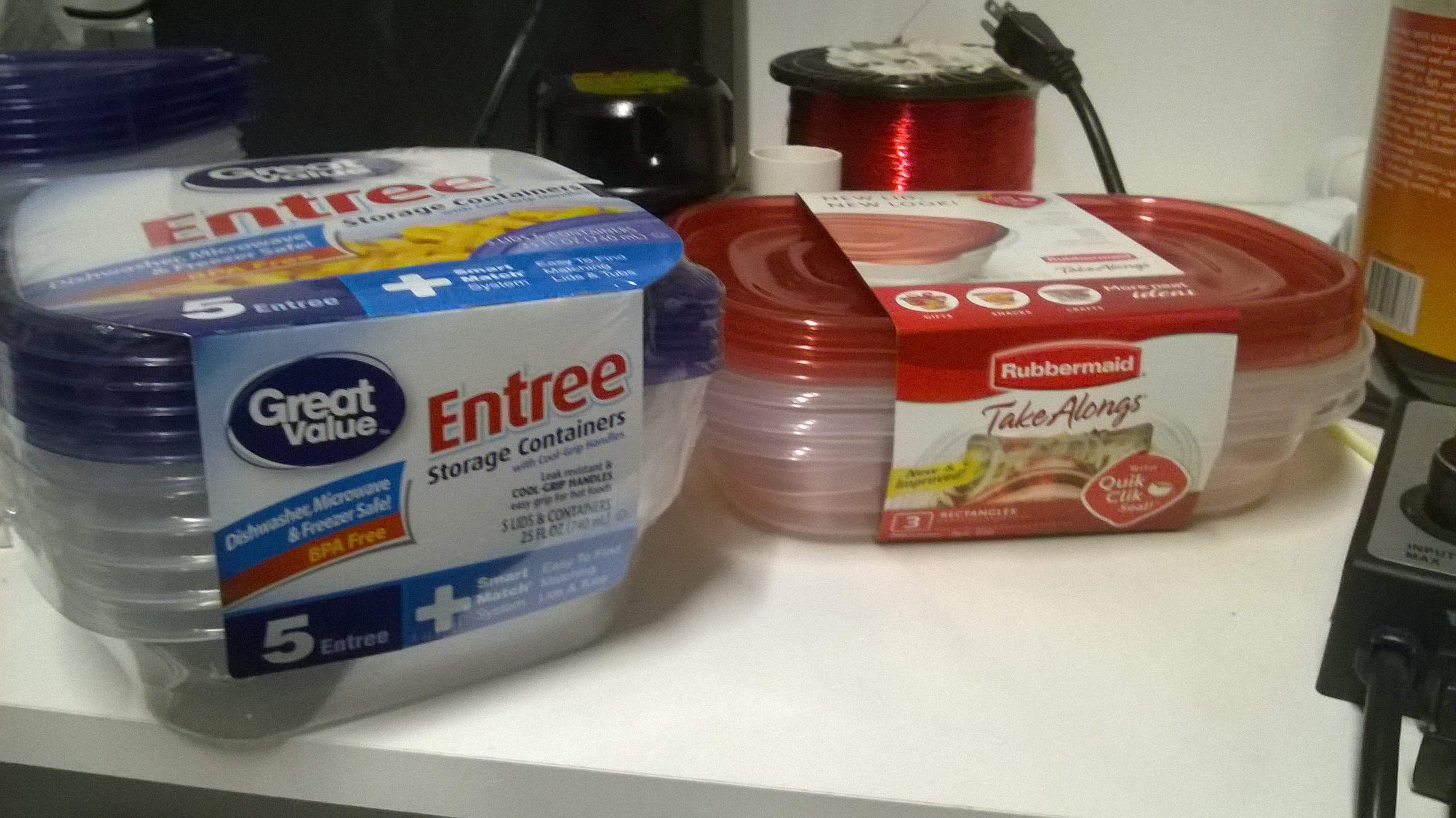
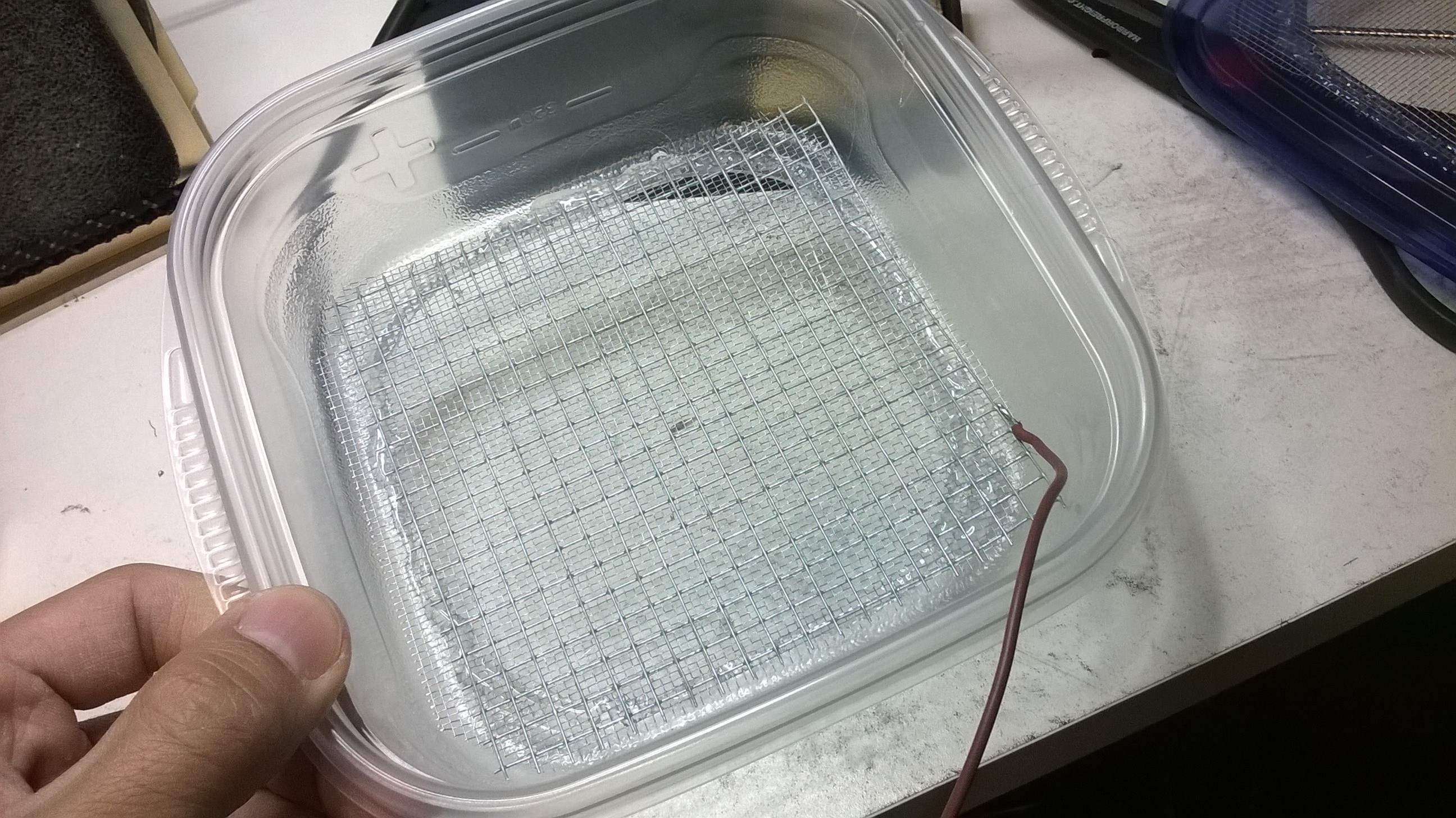 To make the ionization grid, I simply zig zagged steel wire within the center of the container. With the help of my parents the other containers were all wired in an hour. I then filled the containers with activated carbon and made a stack of them.
To make the ionization grid, I simply zig zagged steel wire within the center of the container. With the help of my parents the other containers were all wired in an hour. I then filled the containers with activated carbon and made a stack of them.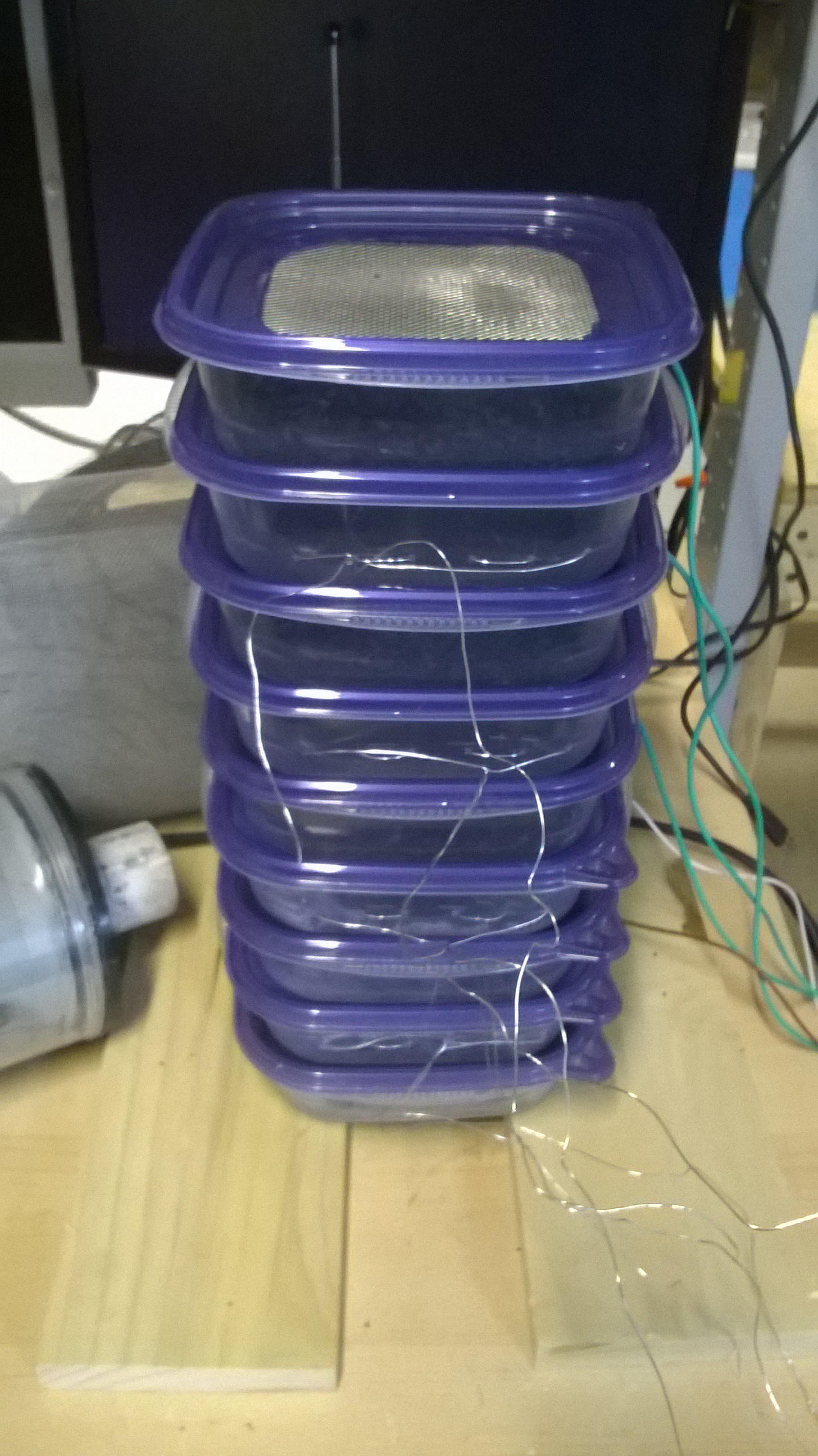 I attempted a small test by placing the vacuum motor on top to suck some fog through it while it was electrified.
I attempted a small test by placing the vacuum motor on top to suck some fog through it while it was electrified. 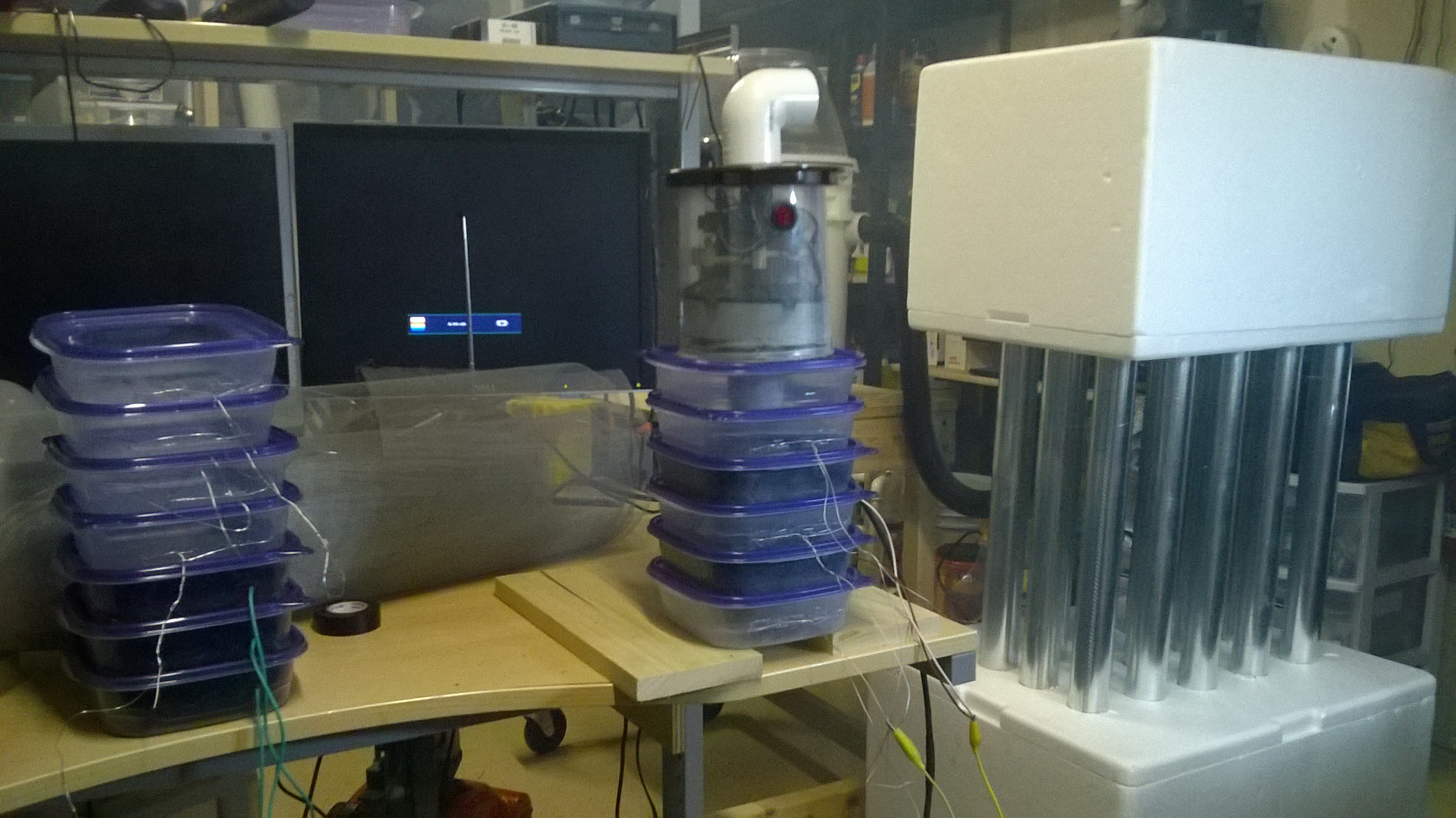
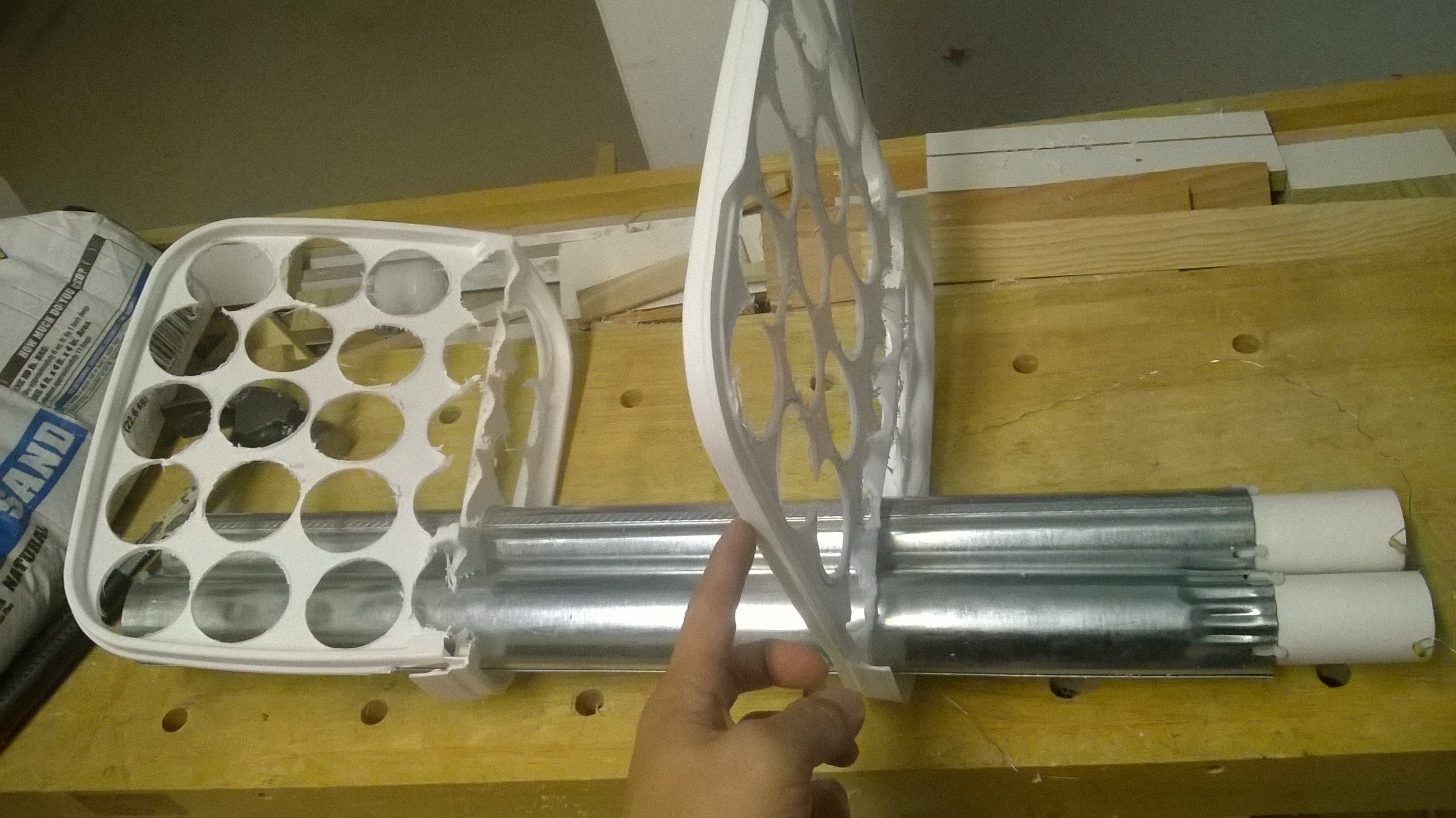
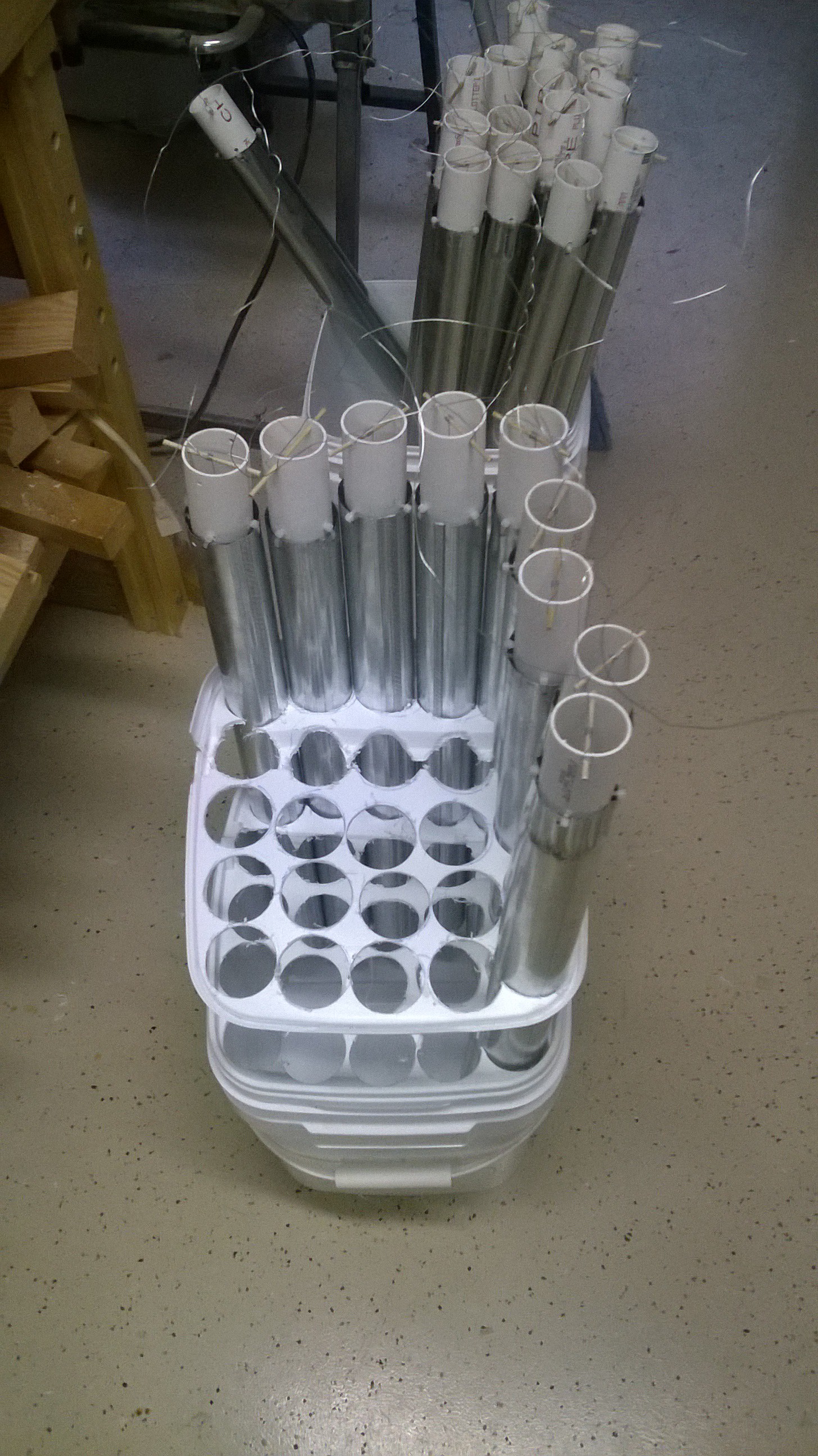
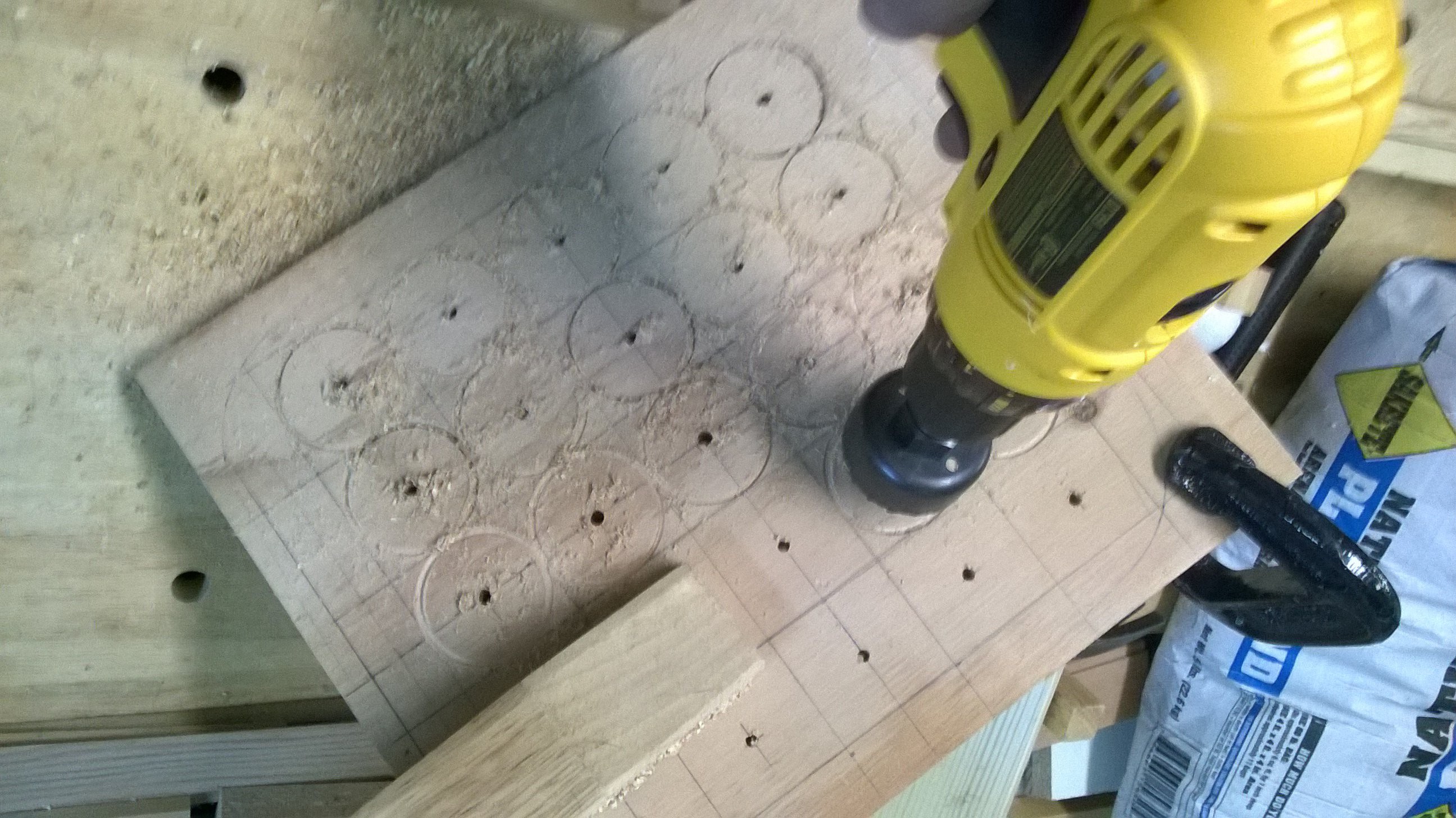
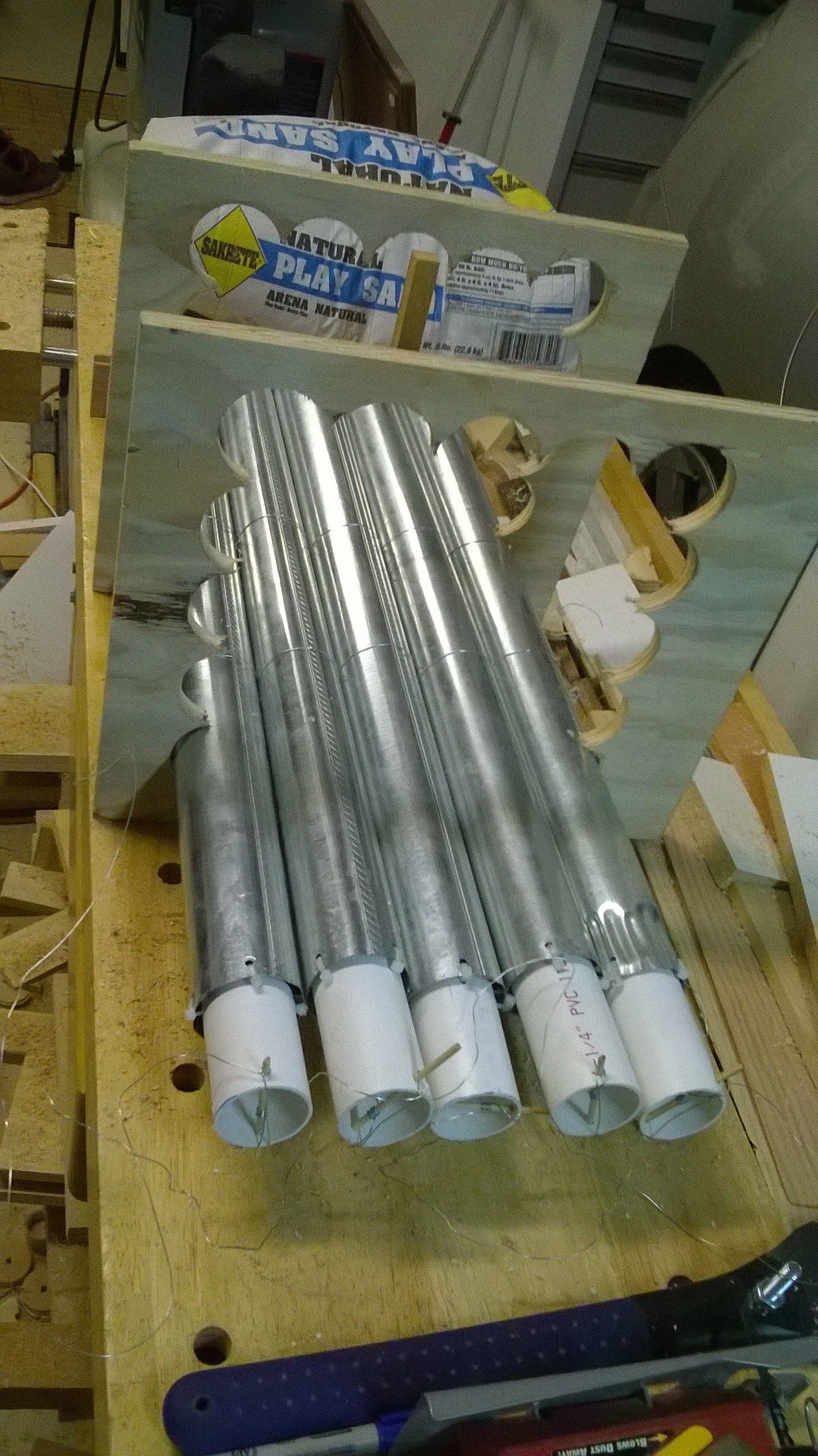 I then had to fill each gap between the pipes with a star shaped piece of wood and lots of guerrilla glue layer by layer.
I then had to fill each gap between the pipes with a star shaped piece of wood and lots of guerrilla glue layer by layer.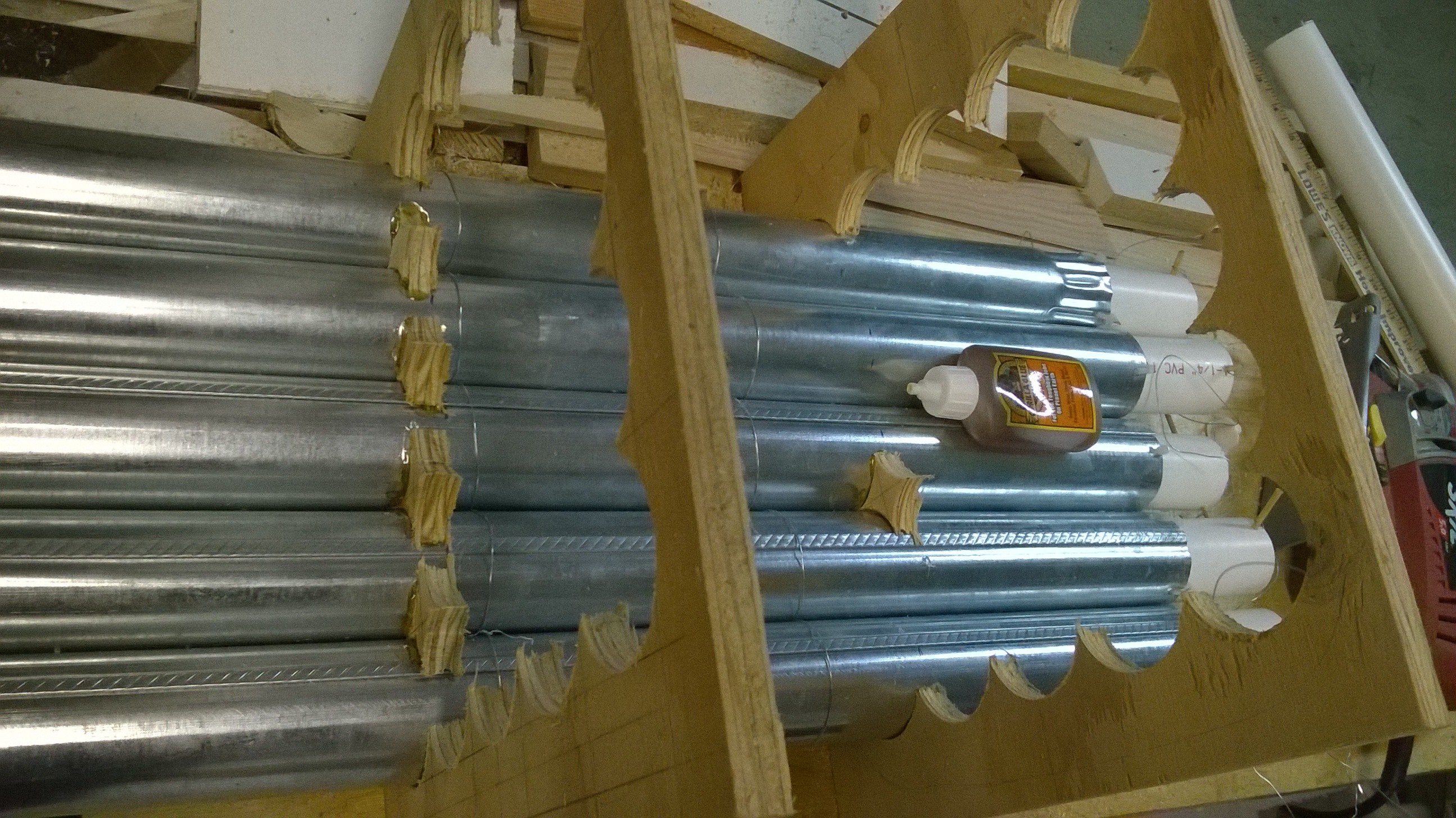
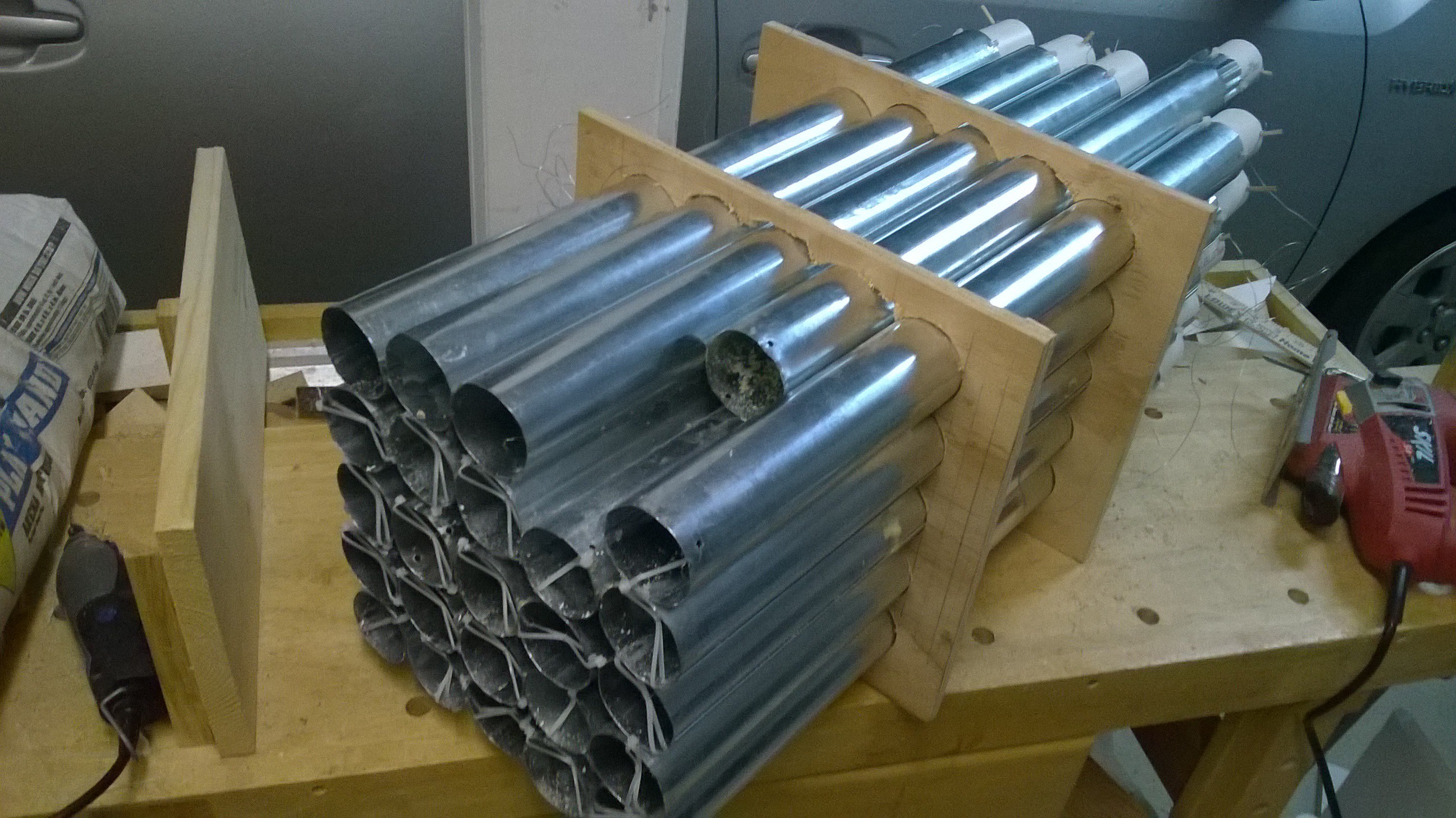
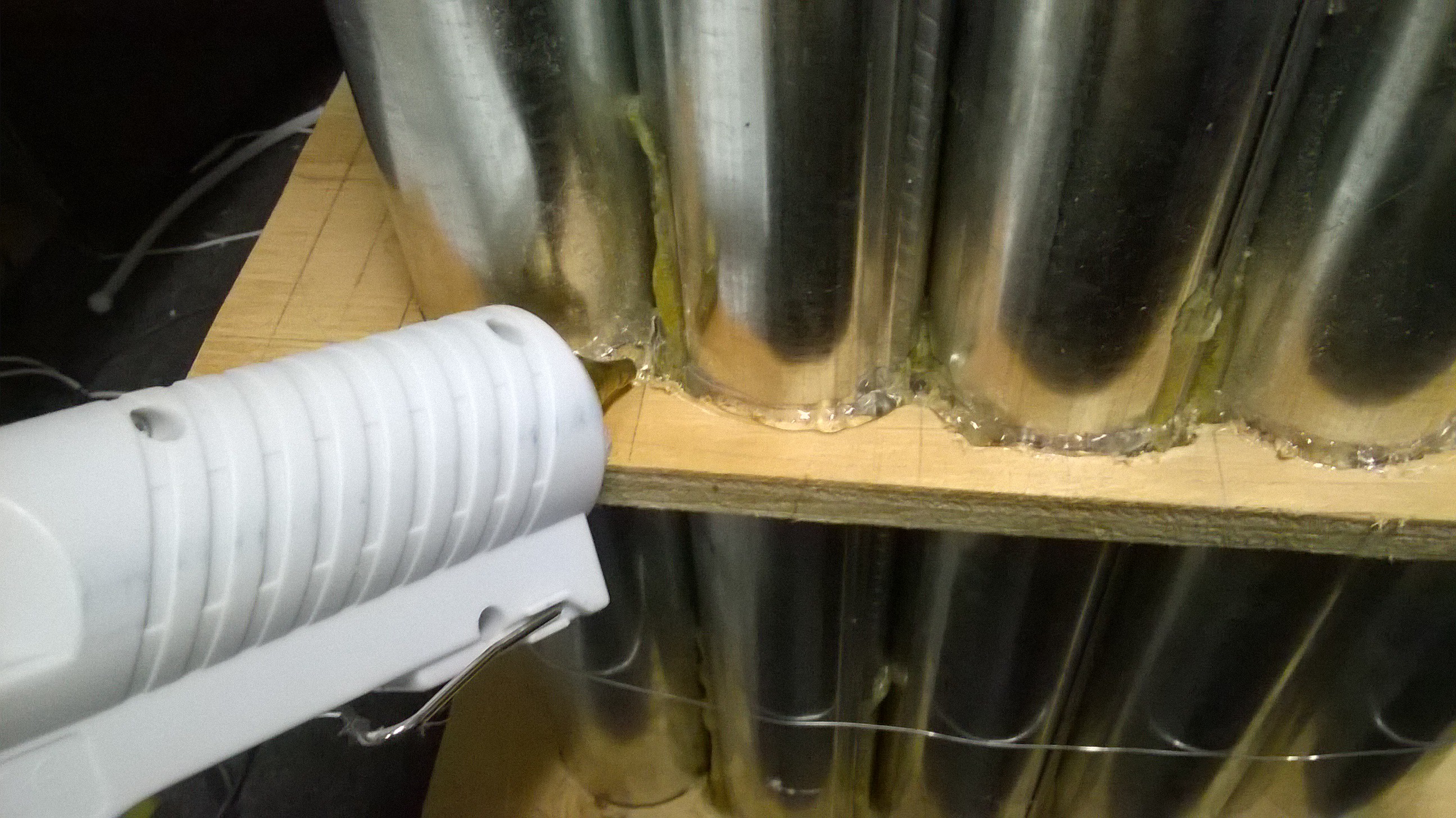
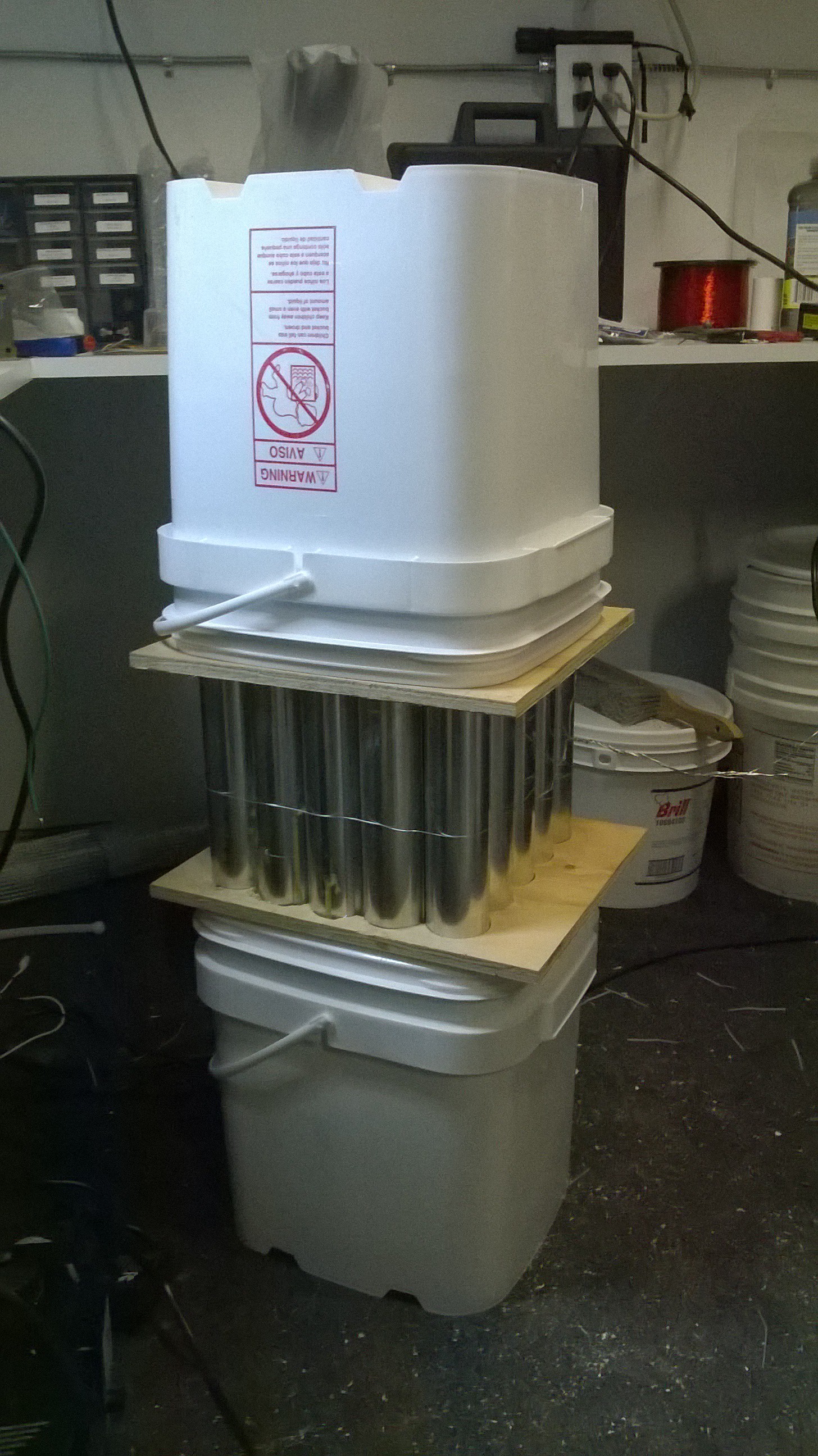
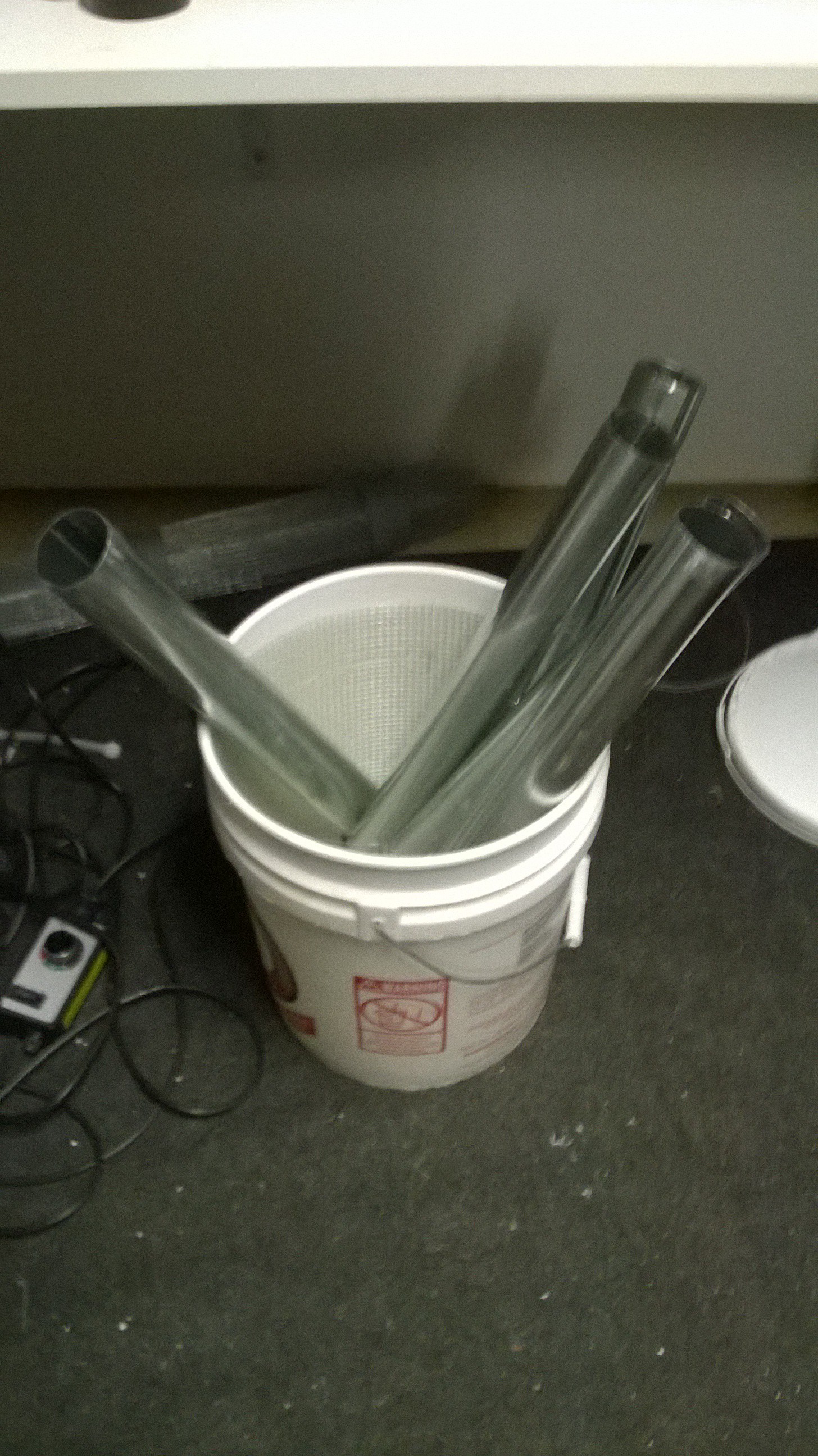
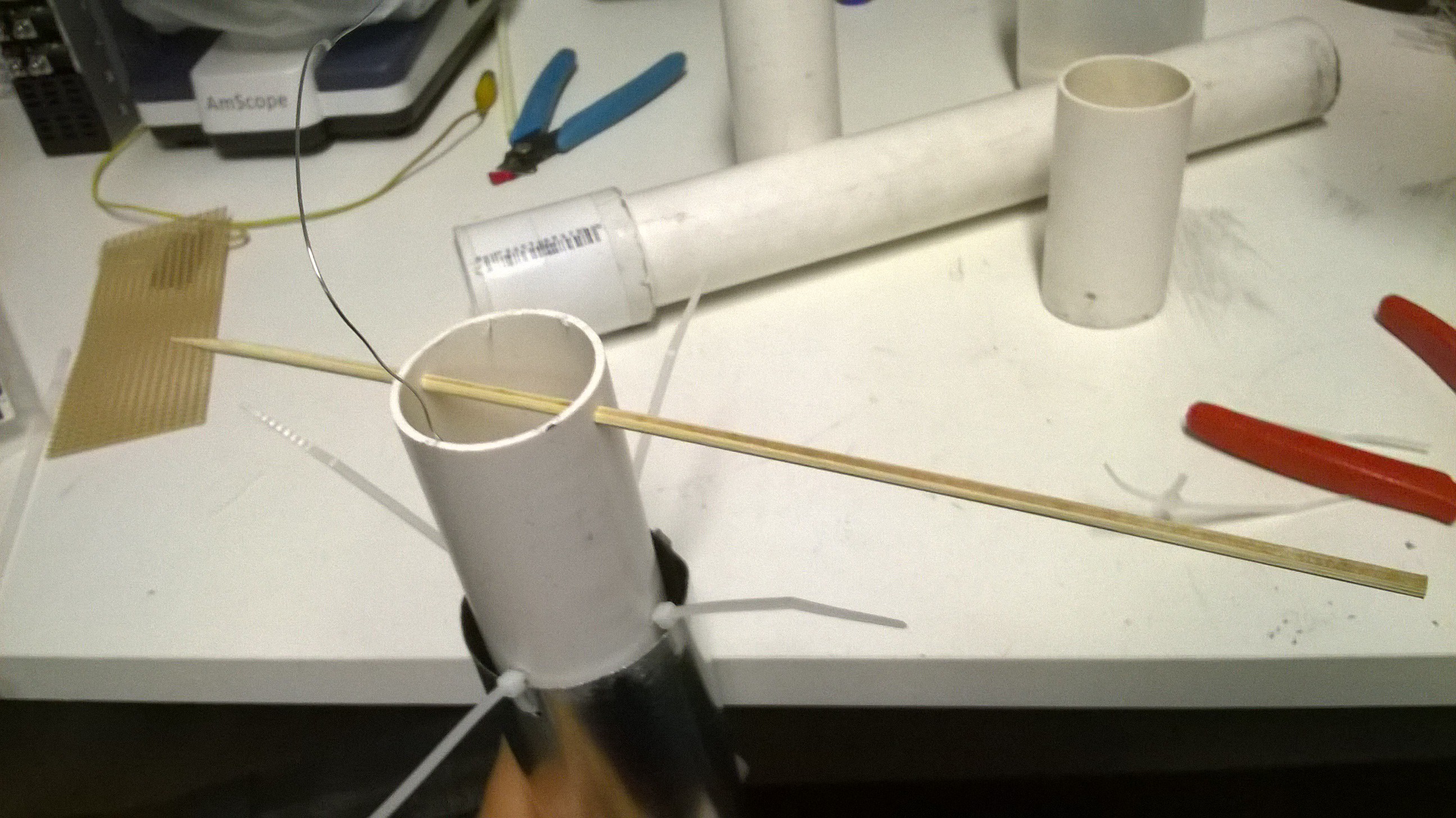
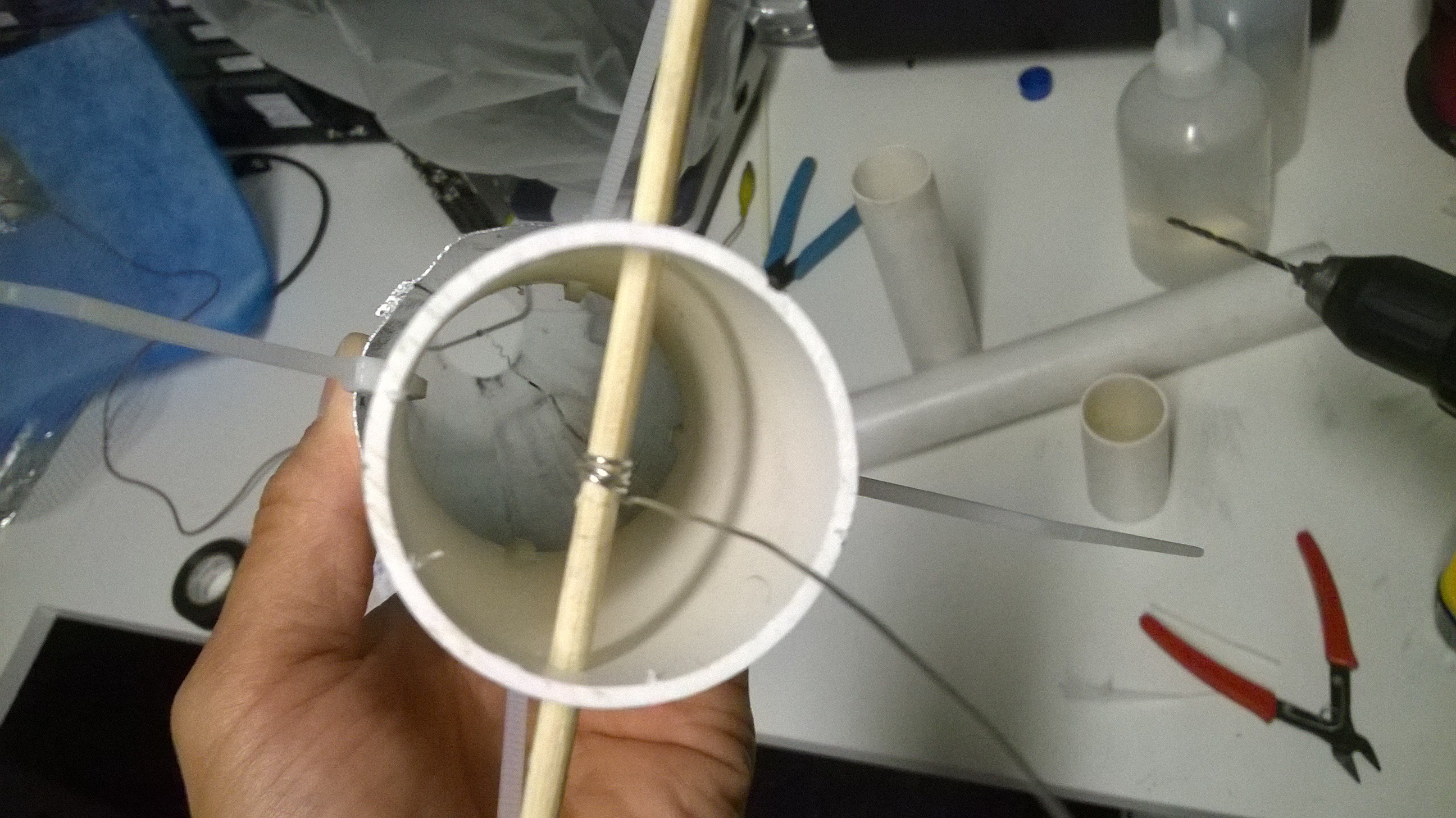
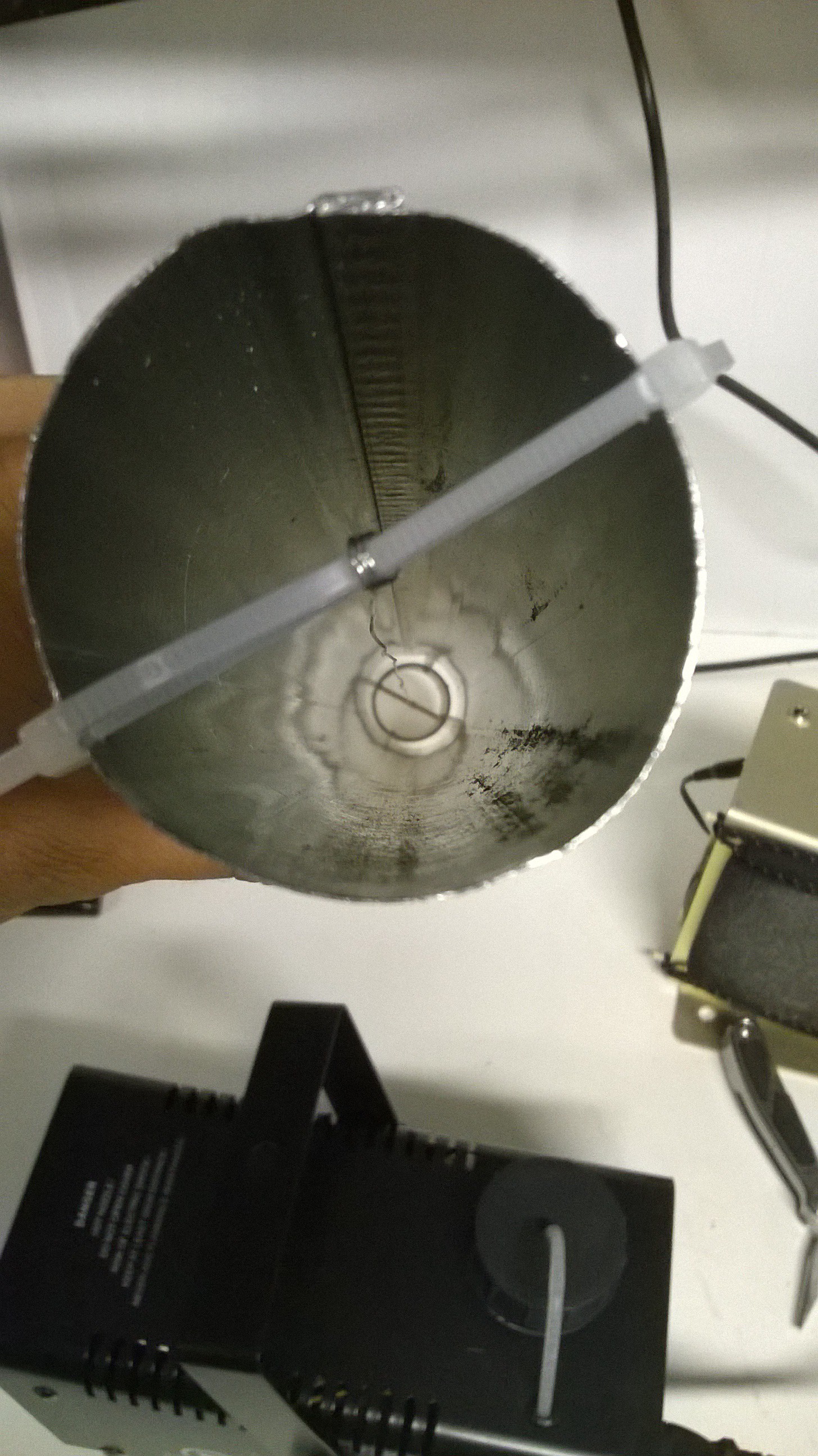
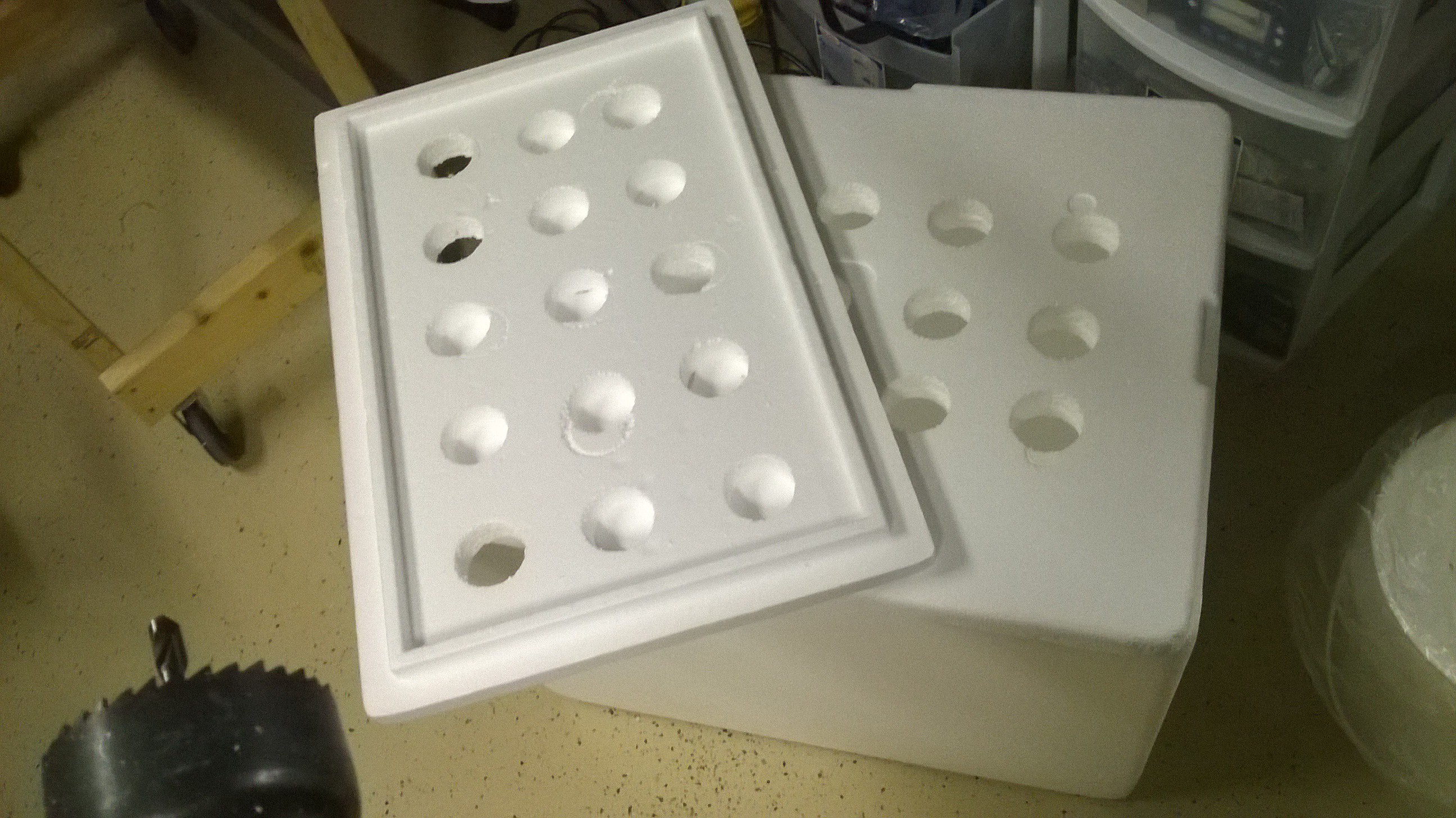
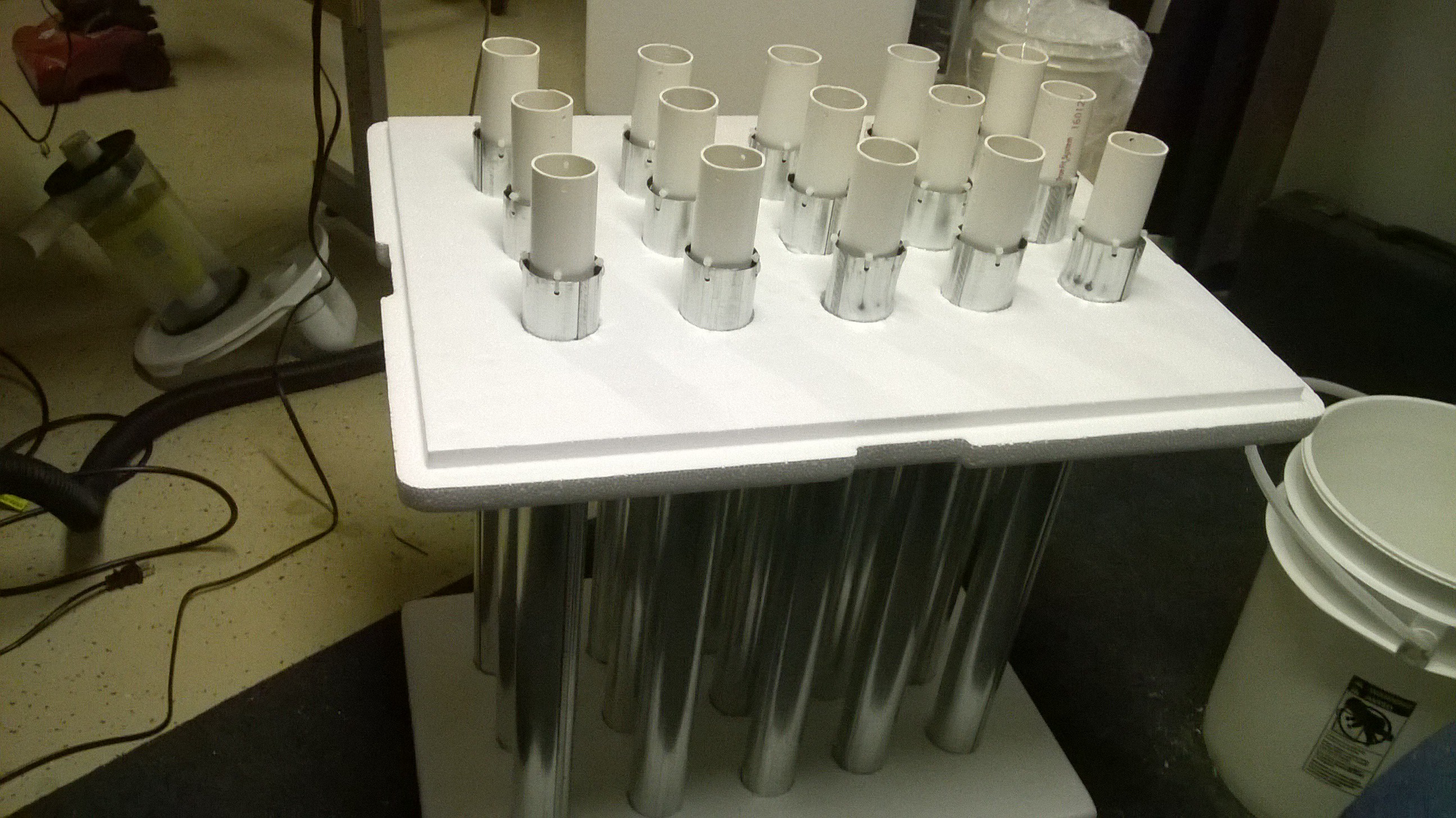 I then wired all of the pipes together
I then wired all of the pipes together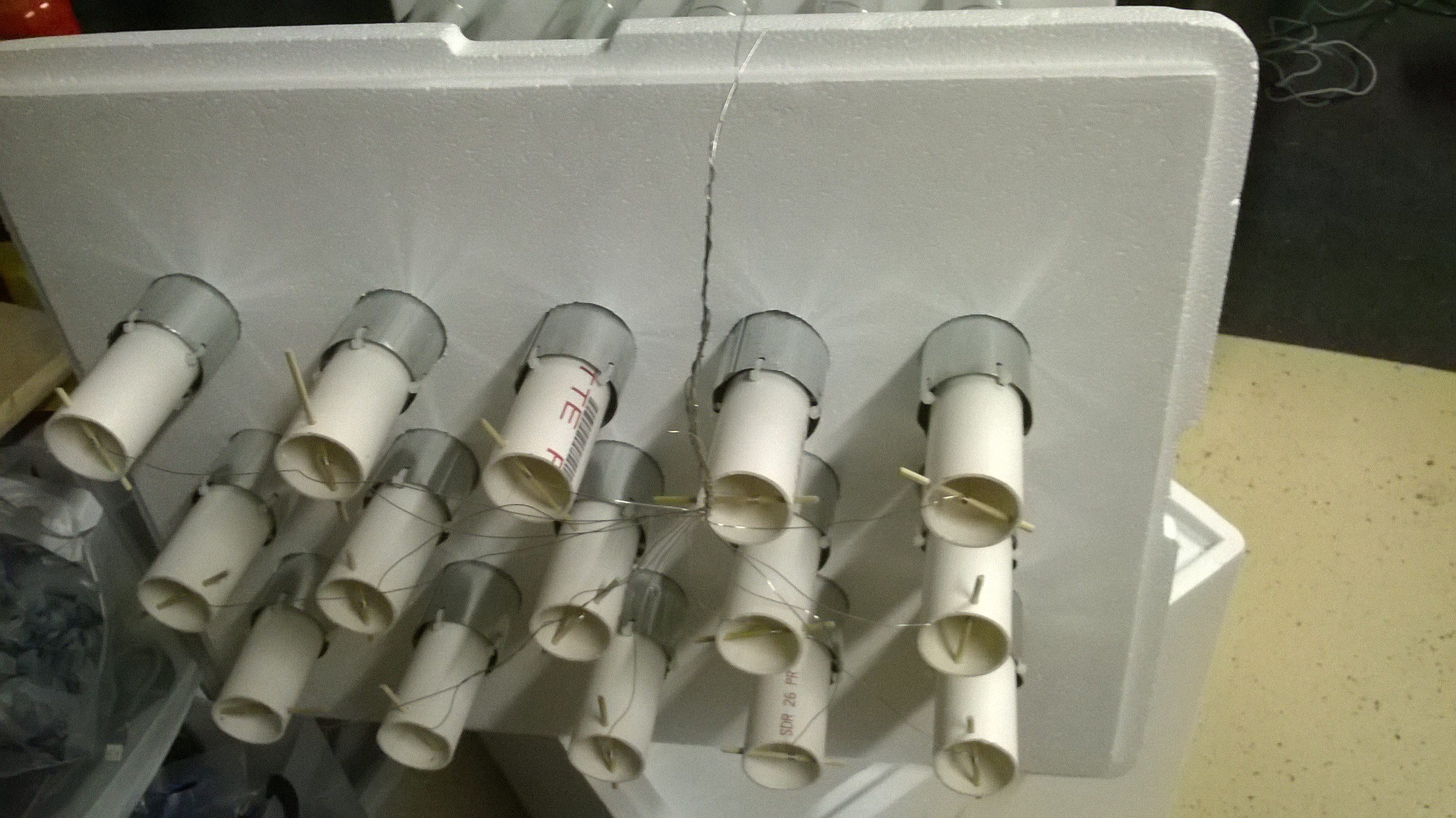
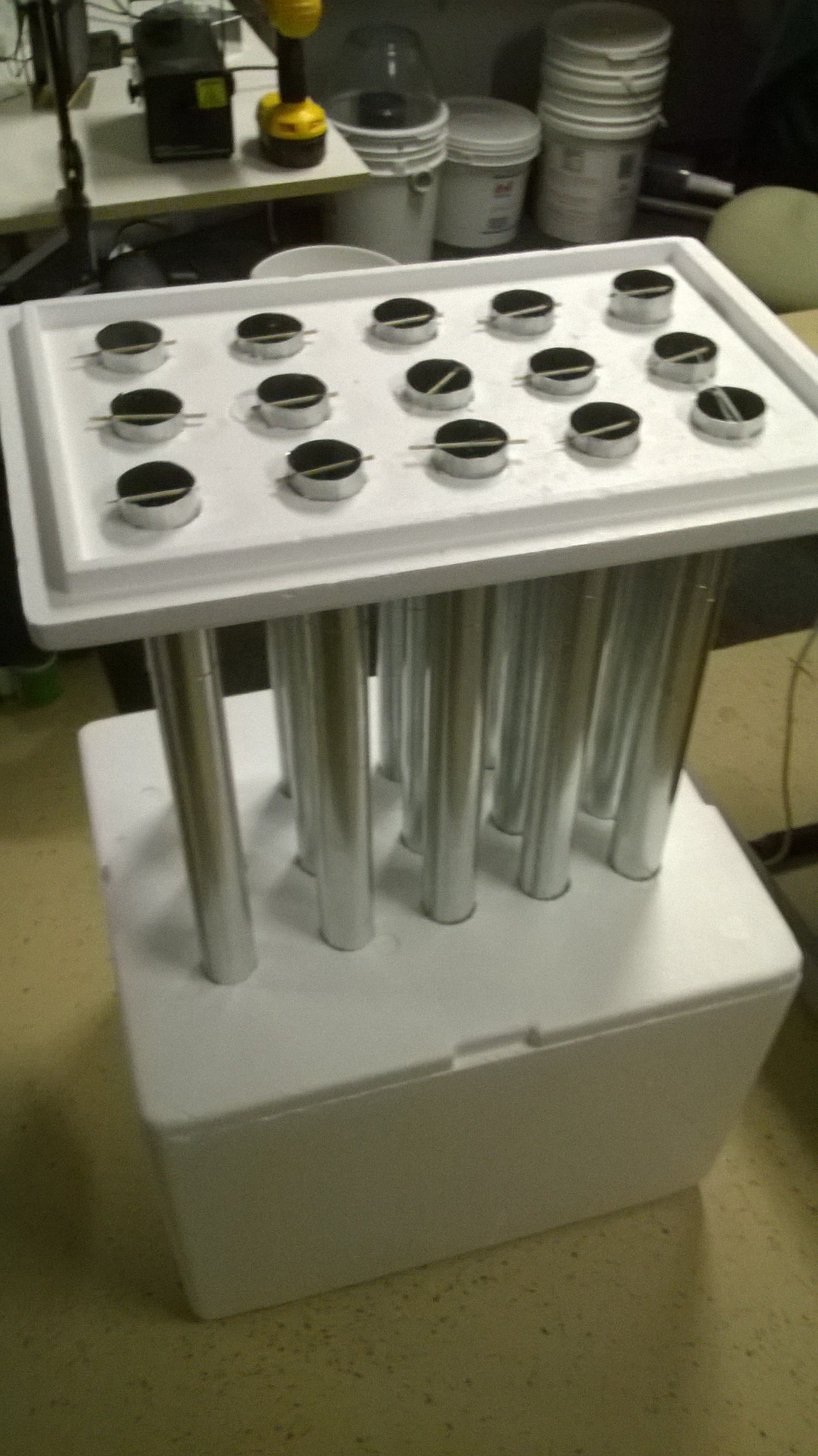
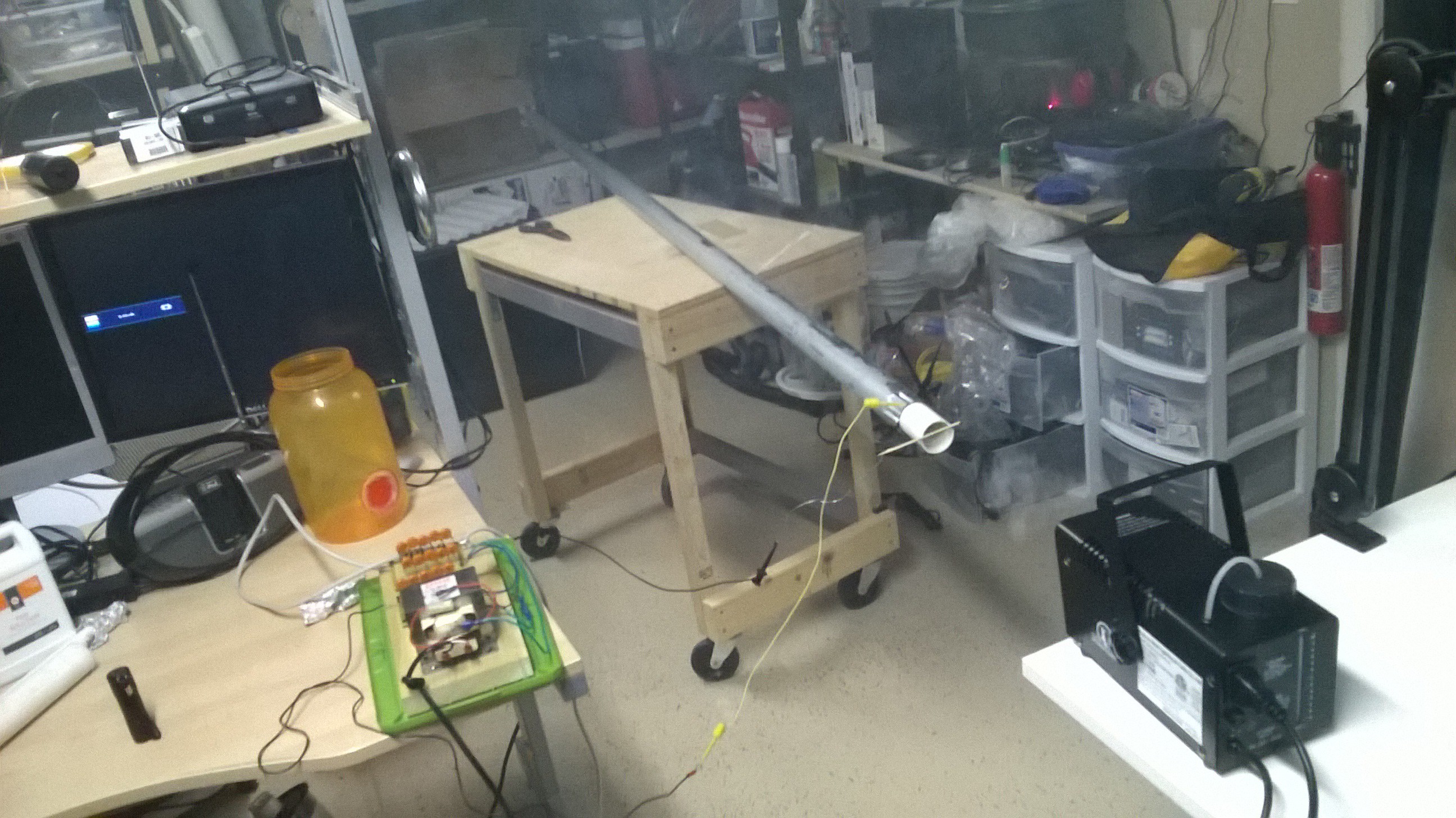
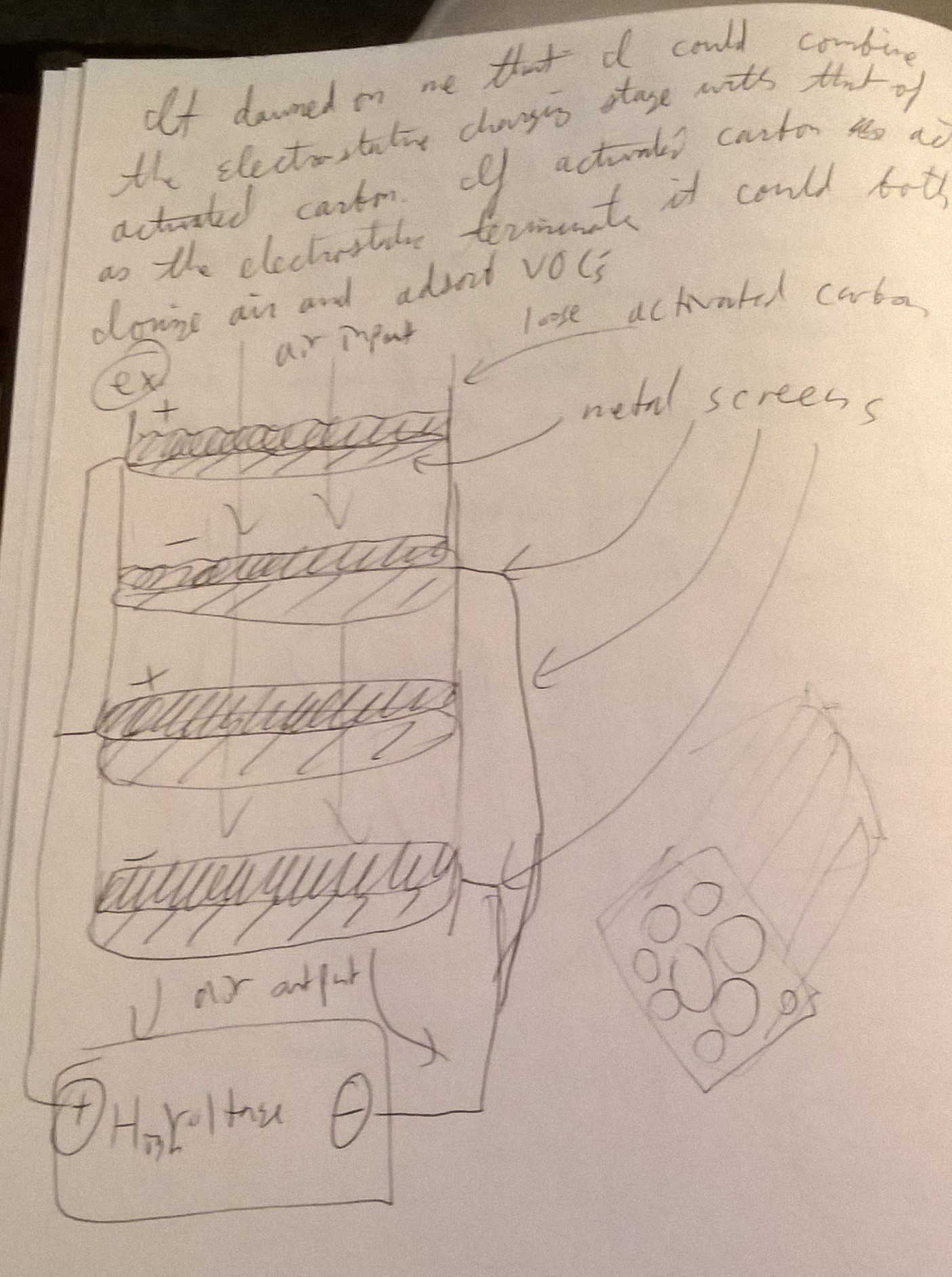
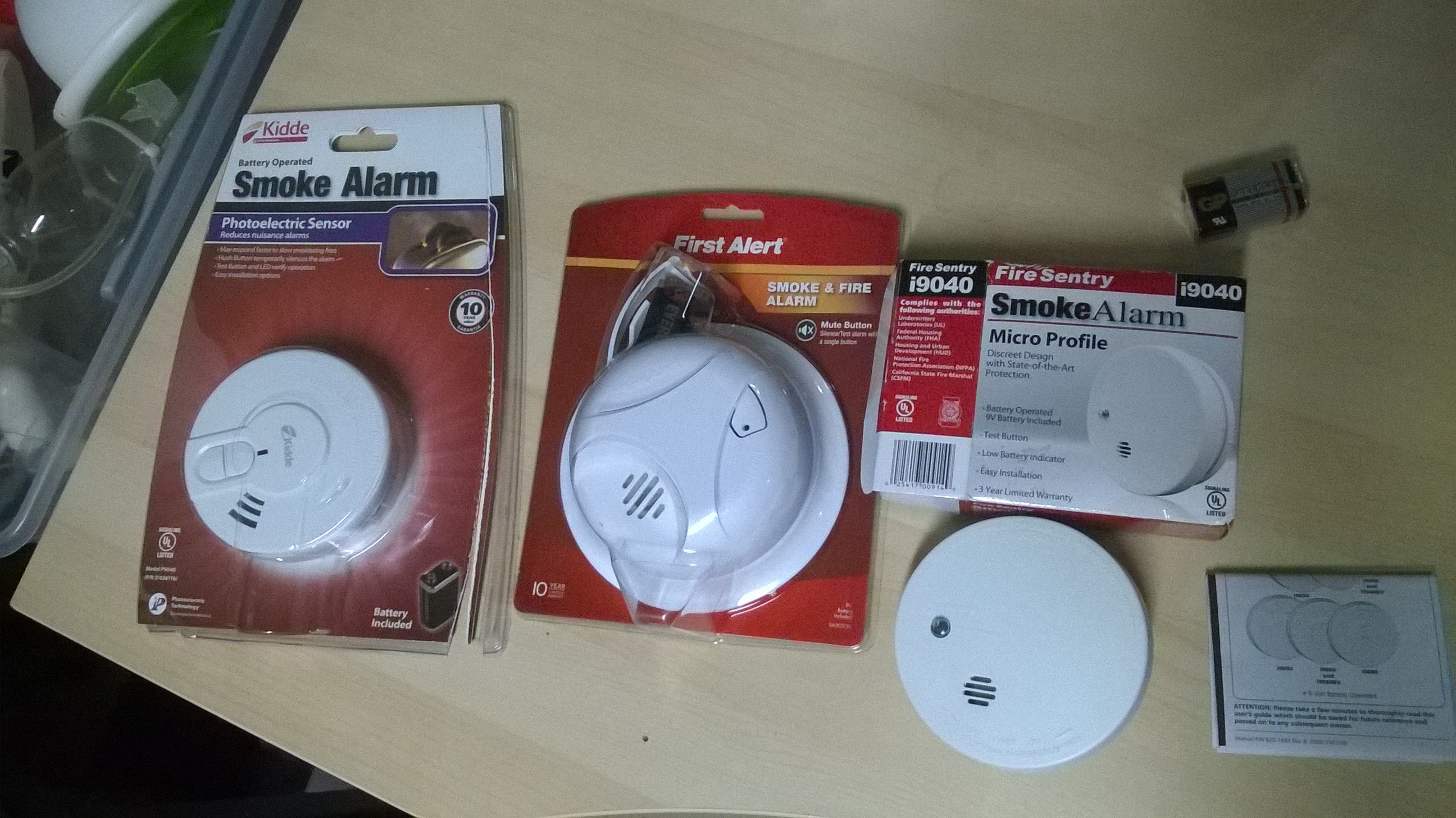
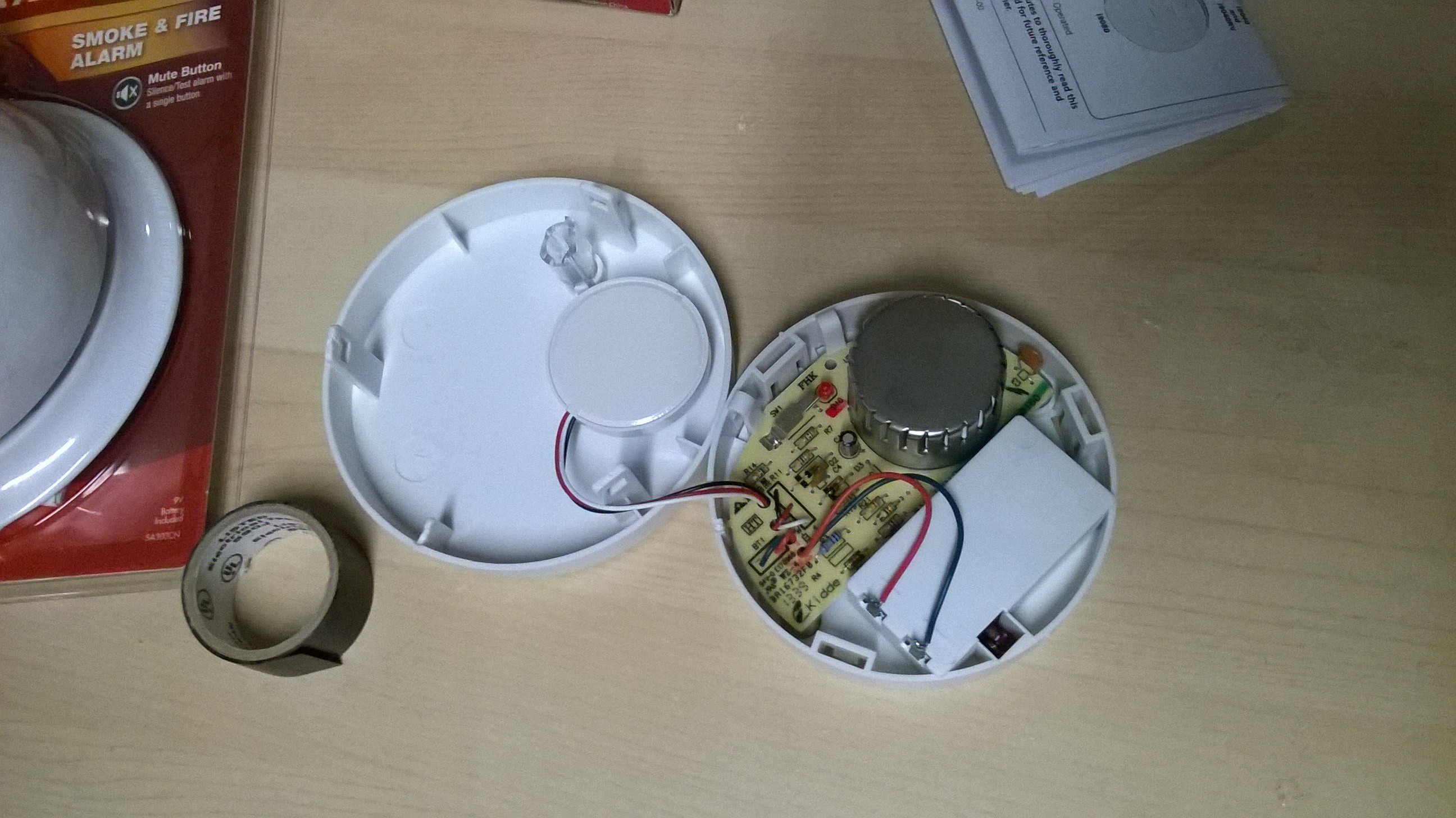
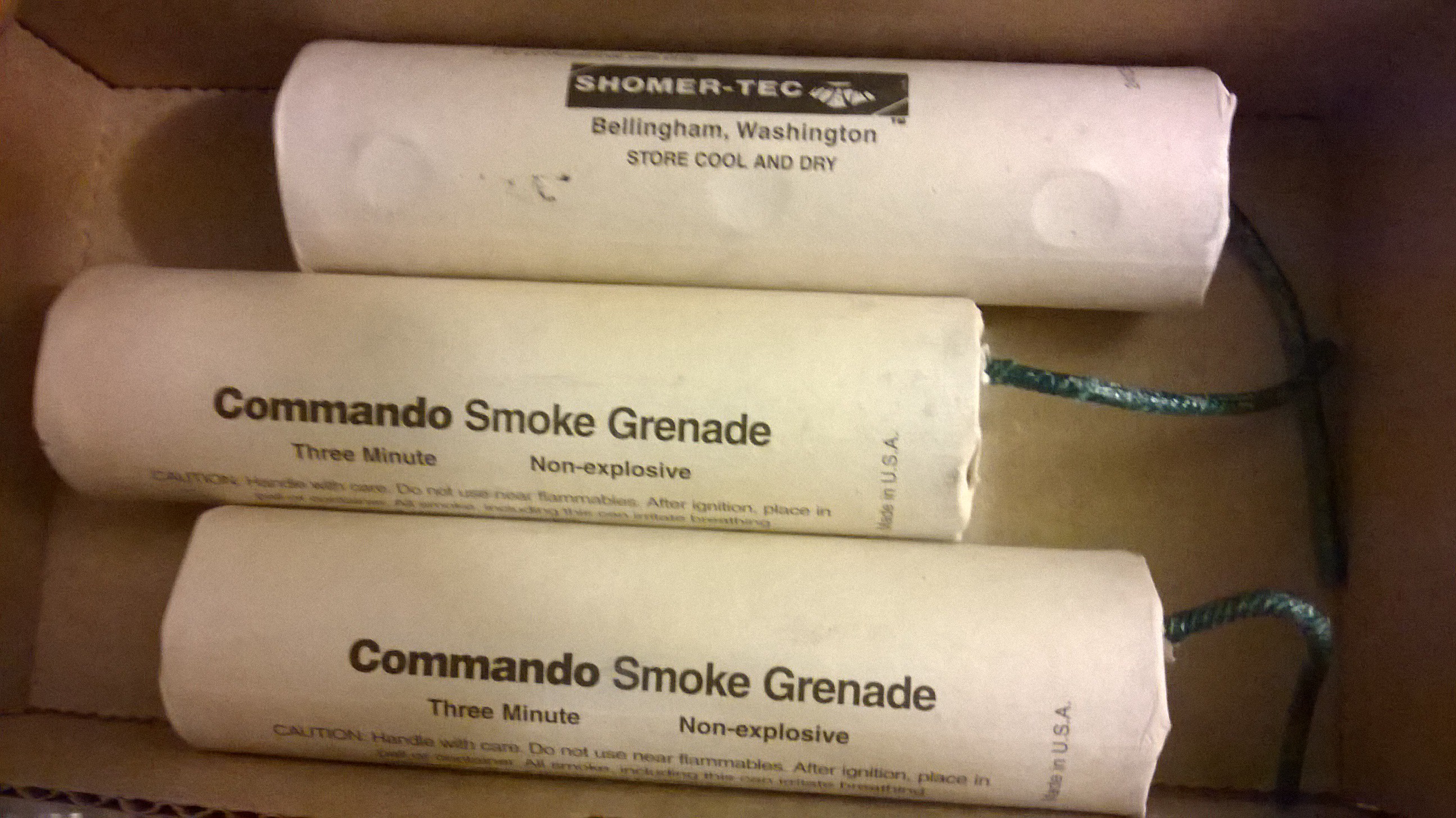
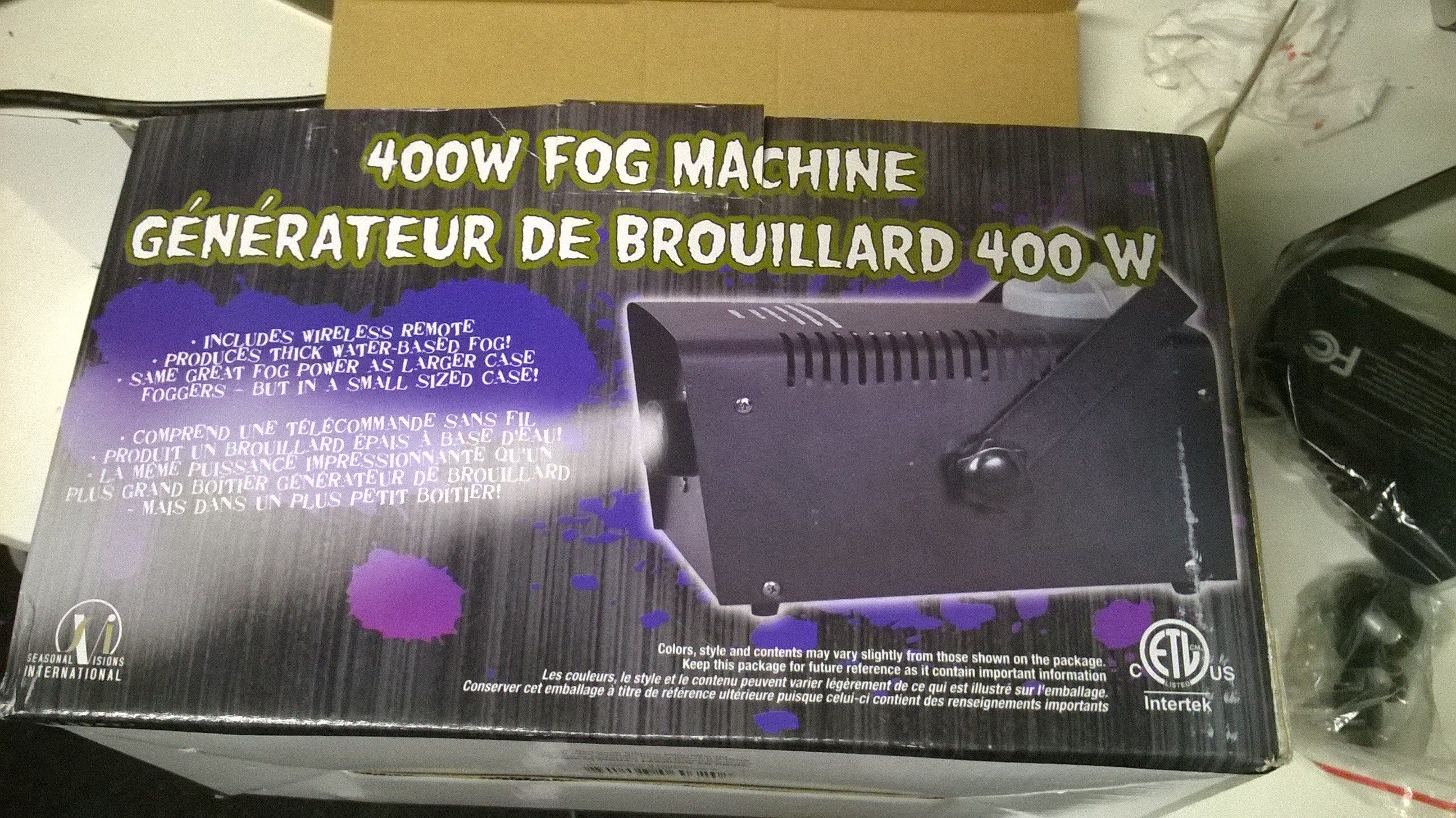
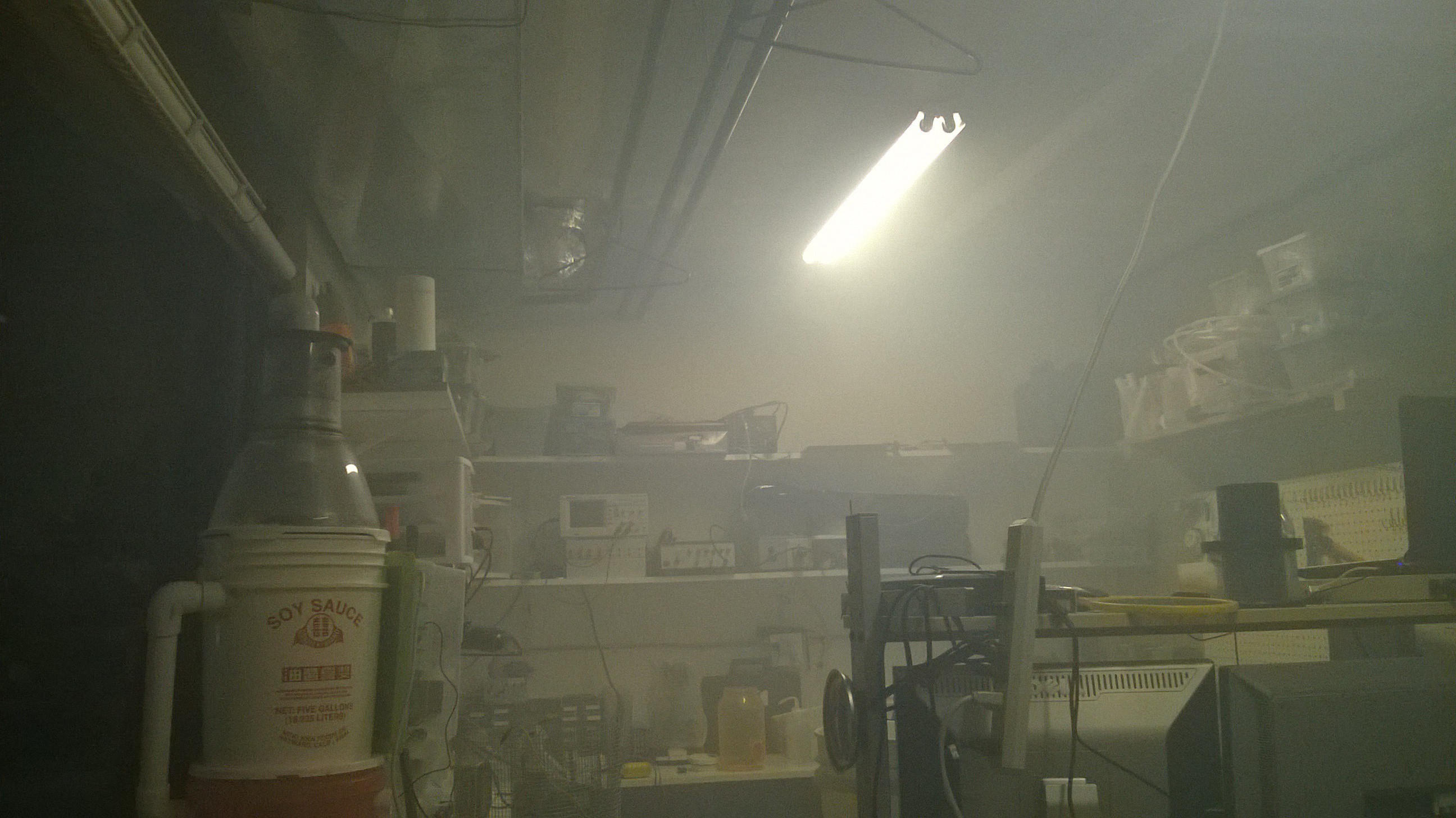 Not only did my wet scrubber did basically nothing to filter any of the smoke, it filled my entire lab with smoke and set off all the smoke detectors that I just bought all at once including the one built into my lab. I ran around frantically trying to turn off all the smoke detectors. As I opened my garage, a huge smoke cloud went outside. Luckily none of my neighbors noticed.
Not only did my wet scrubber did basically nothing to filter any of the smoke, it filled my entire lab with smoke and set off all the smoke detectors that I just bought all at once including the one built into my lab. I ran around frantically trying to turn off all the smoke detectors. As I opened my garage, a huge smoke cloud went outside. Luckily none of my neighbors noticed.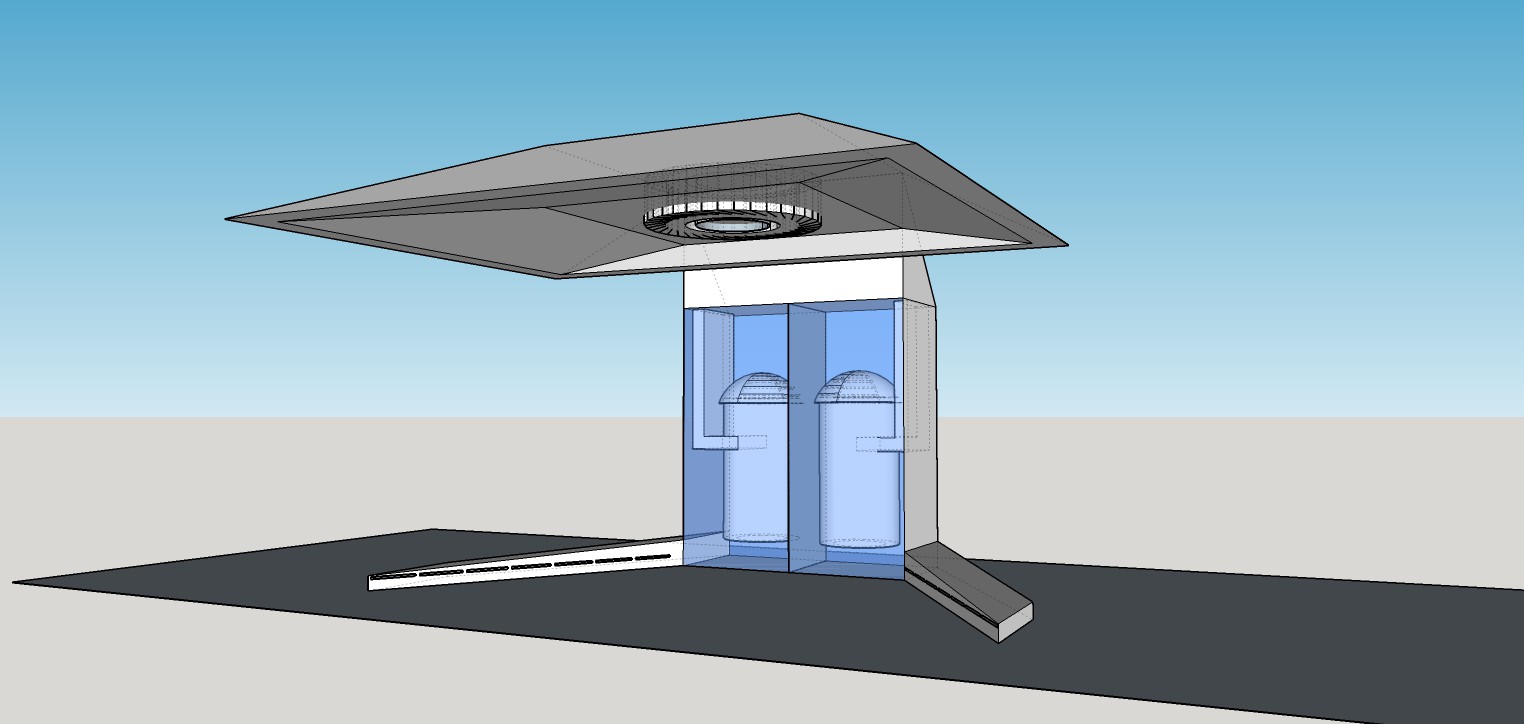
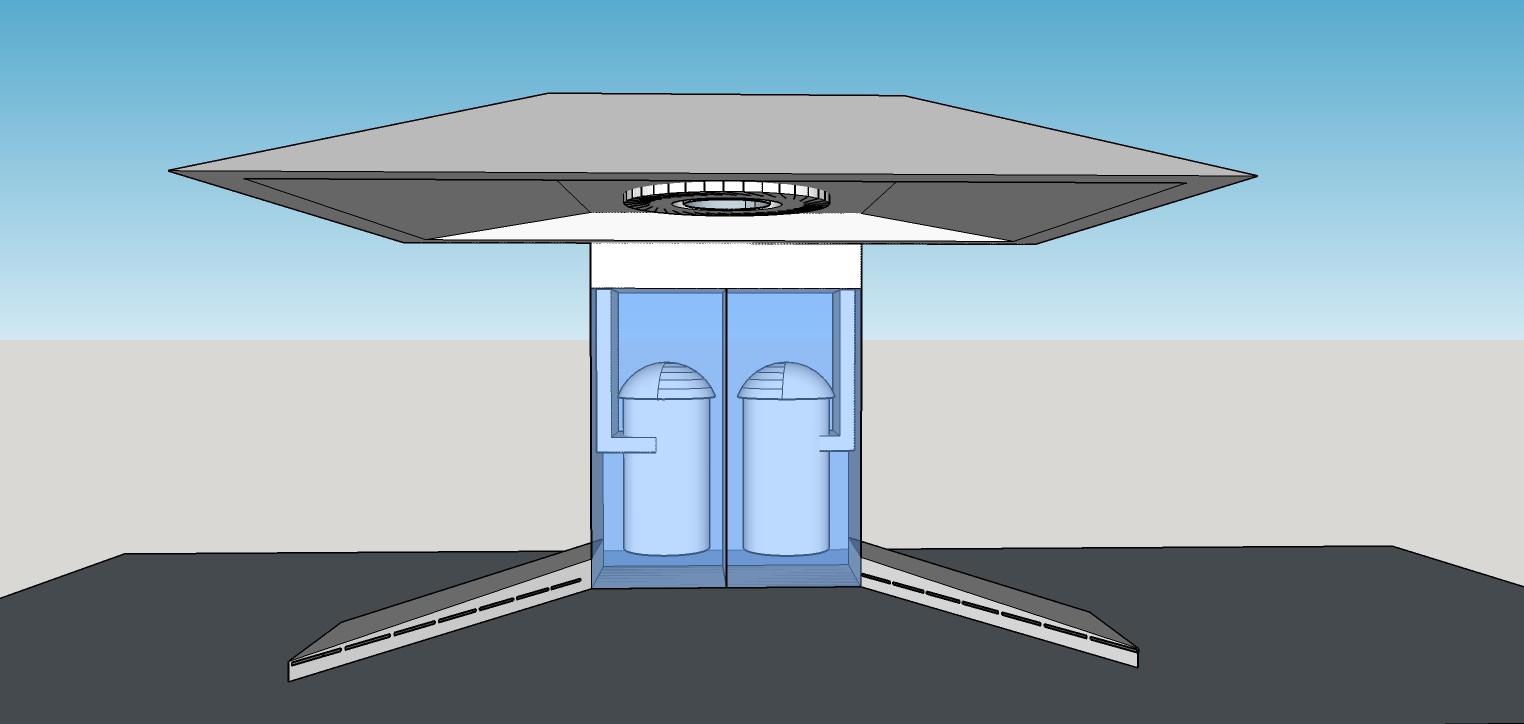
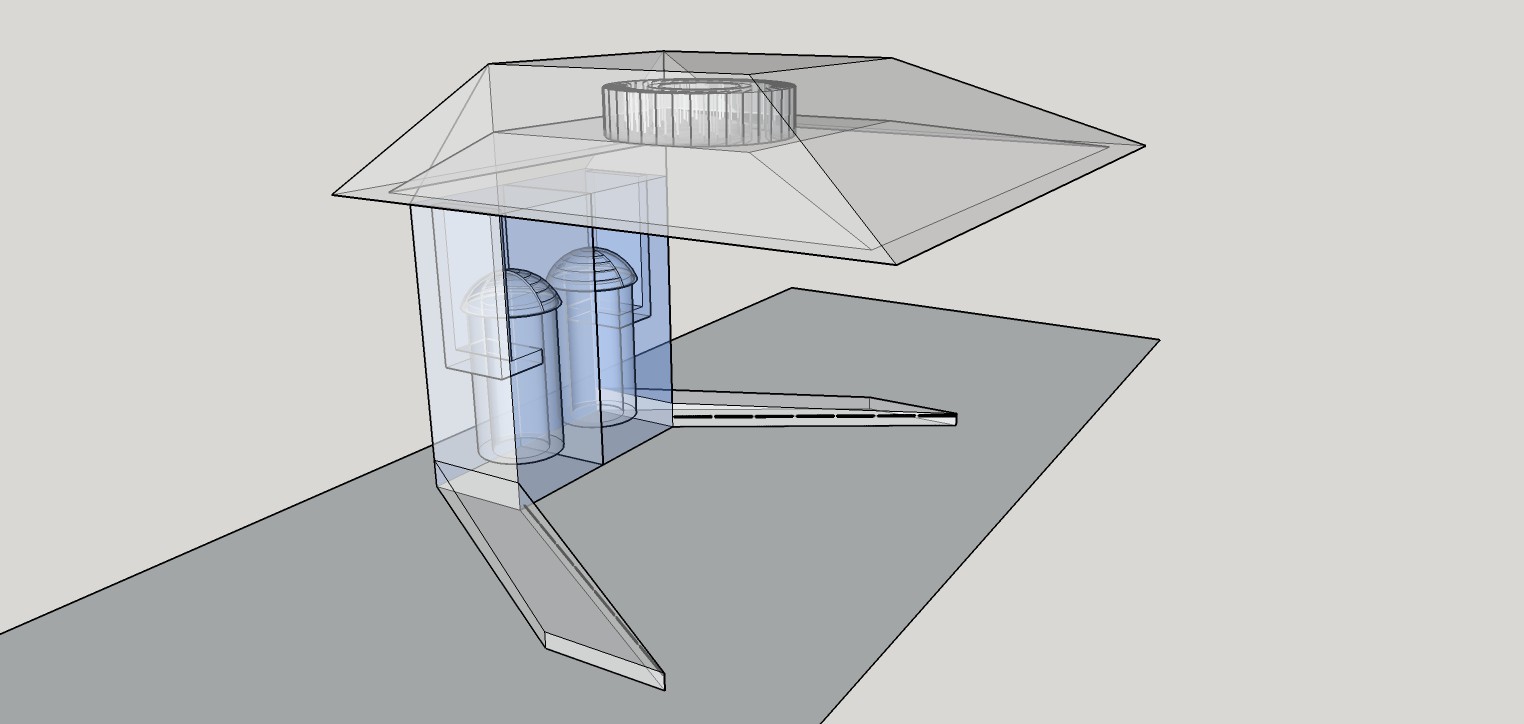
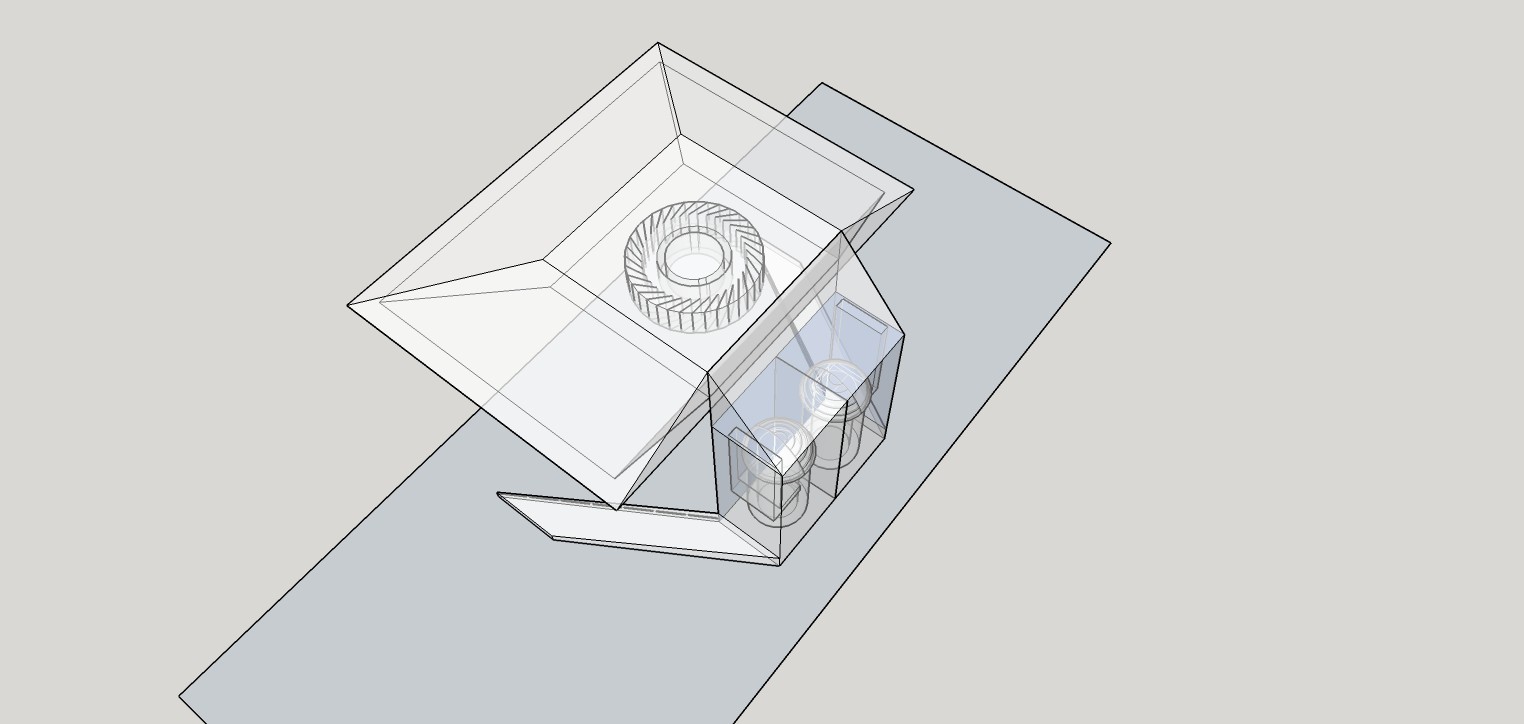
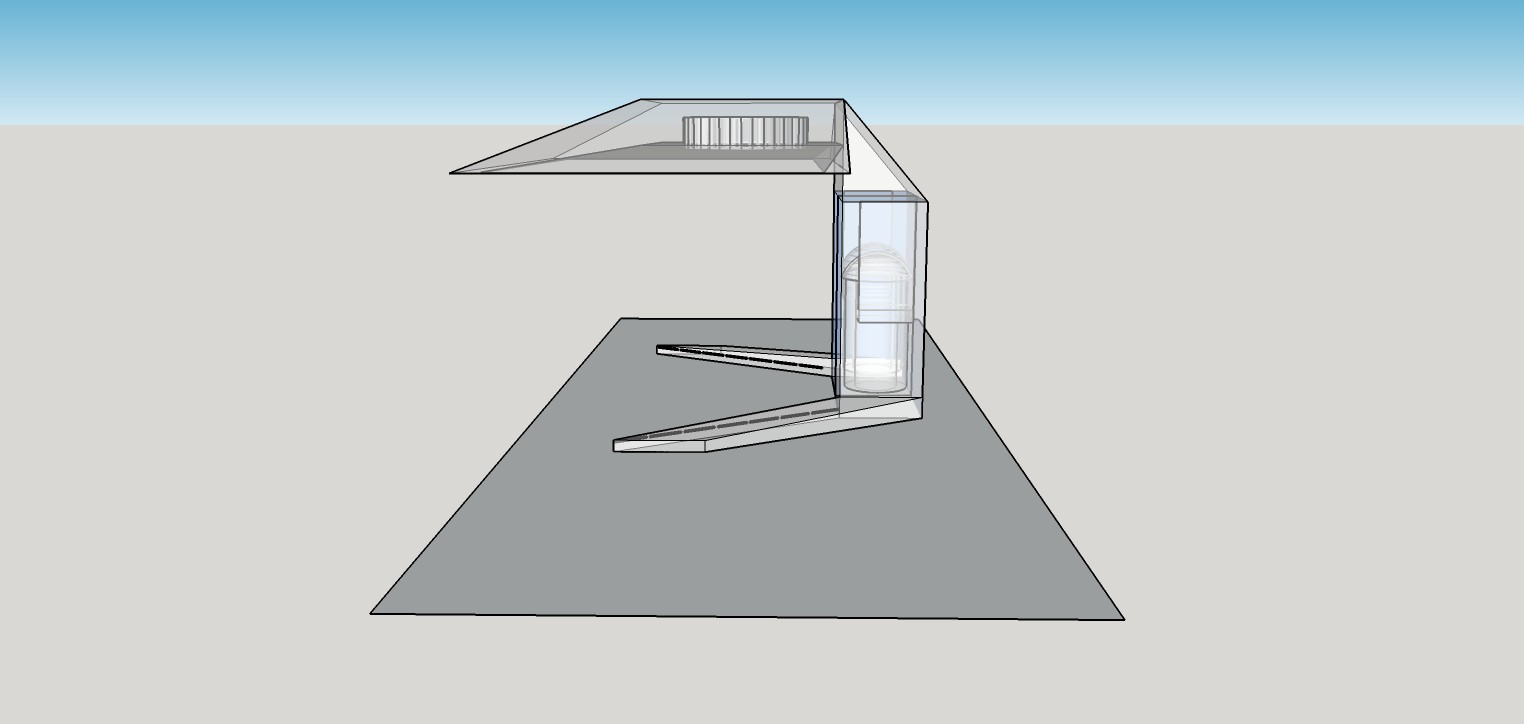
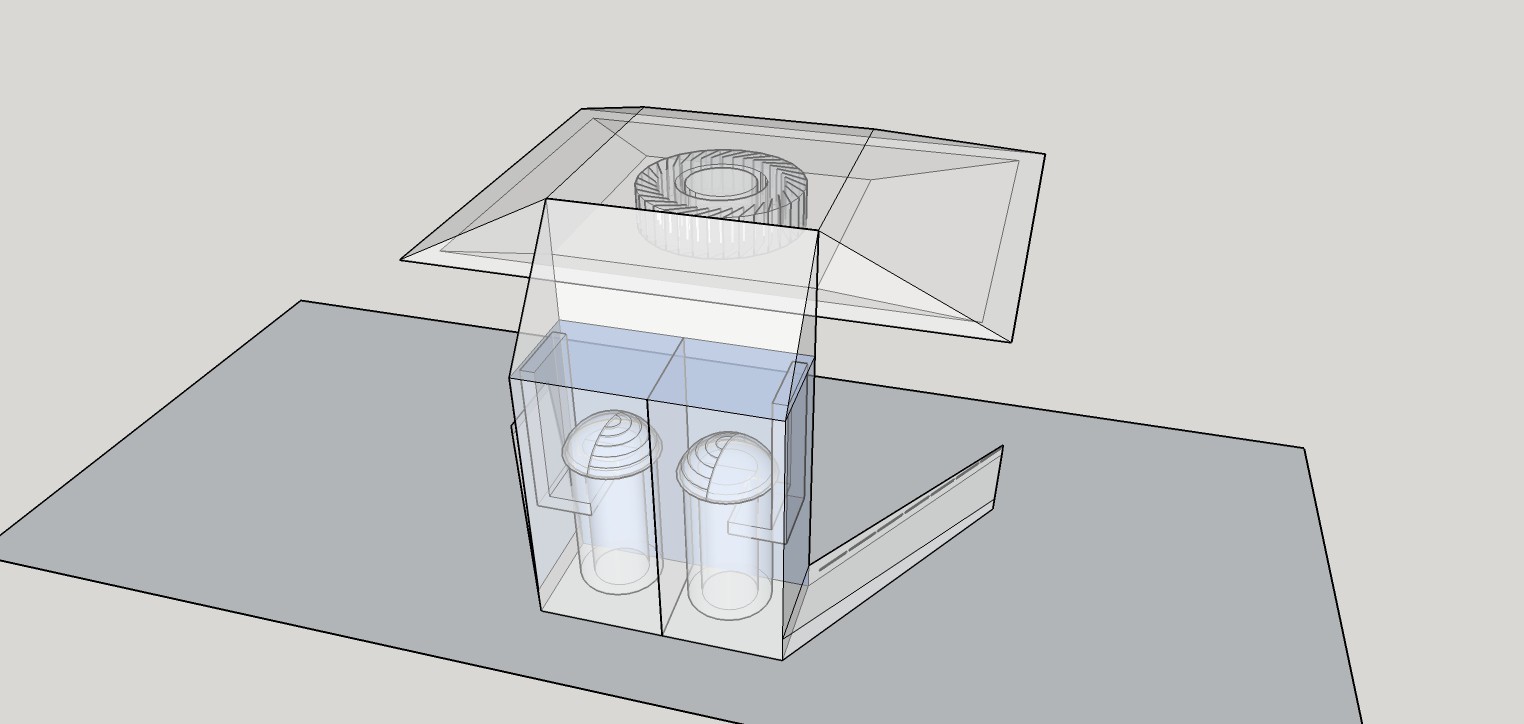
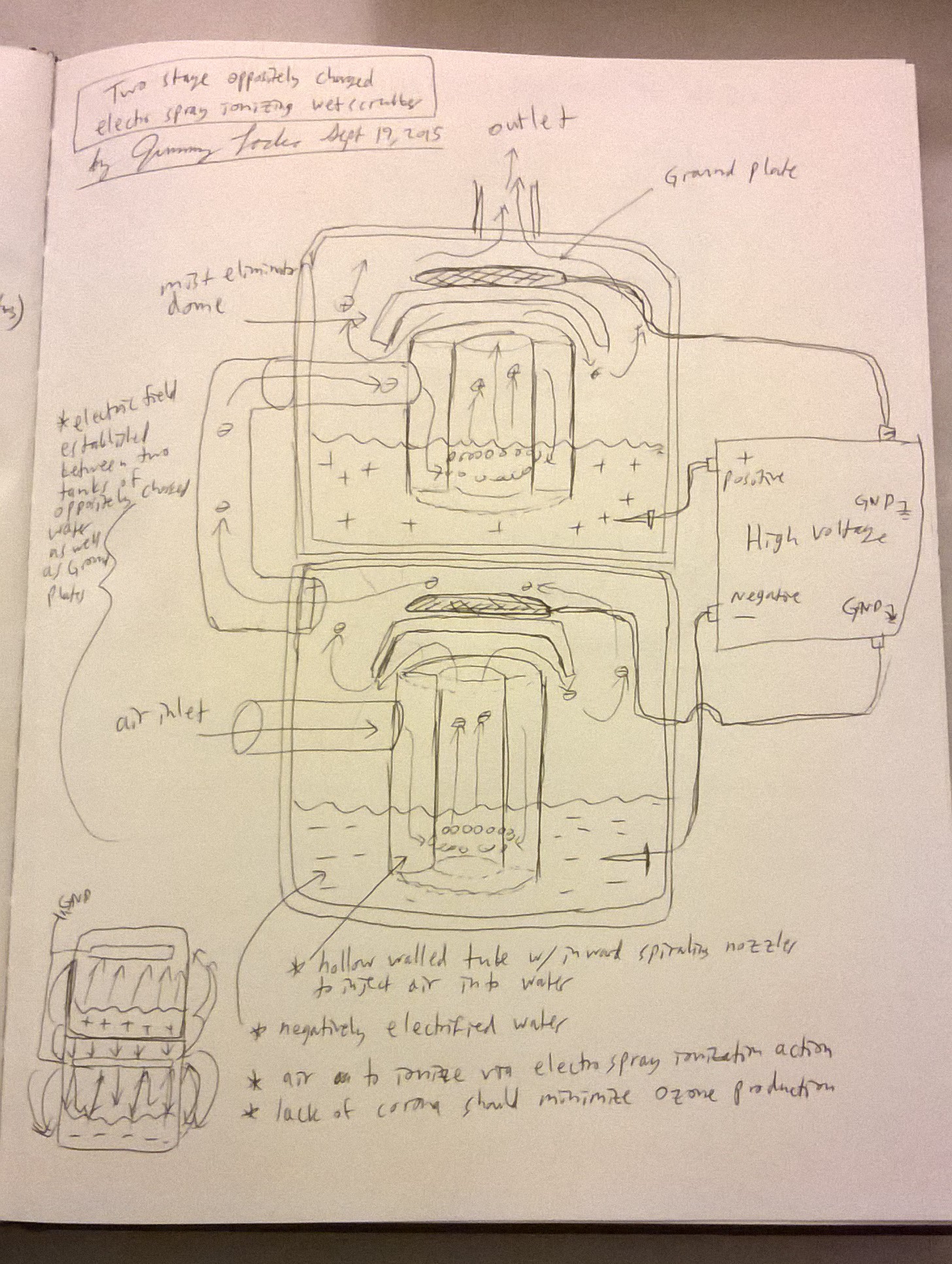
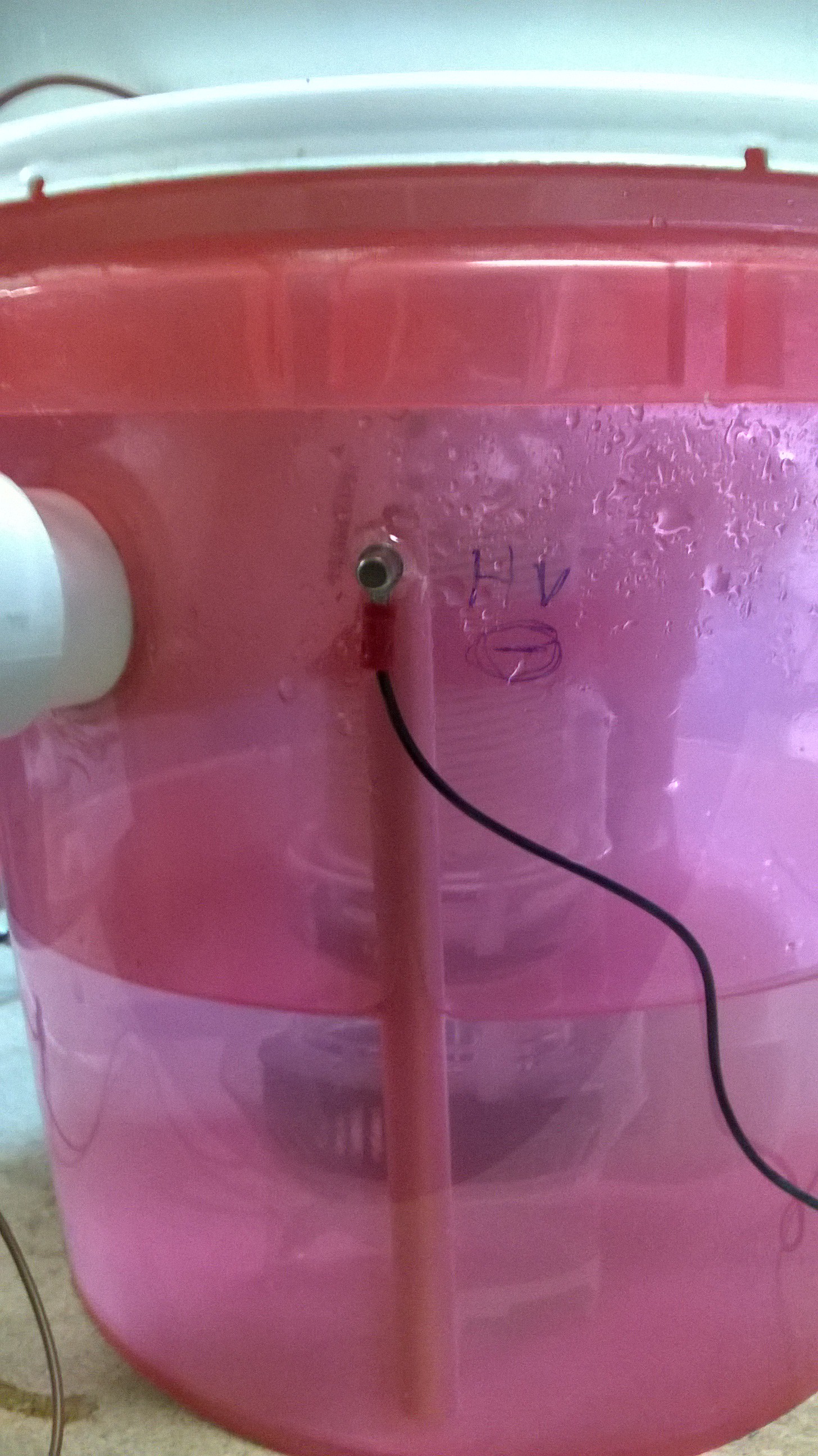
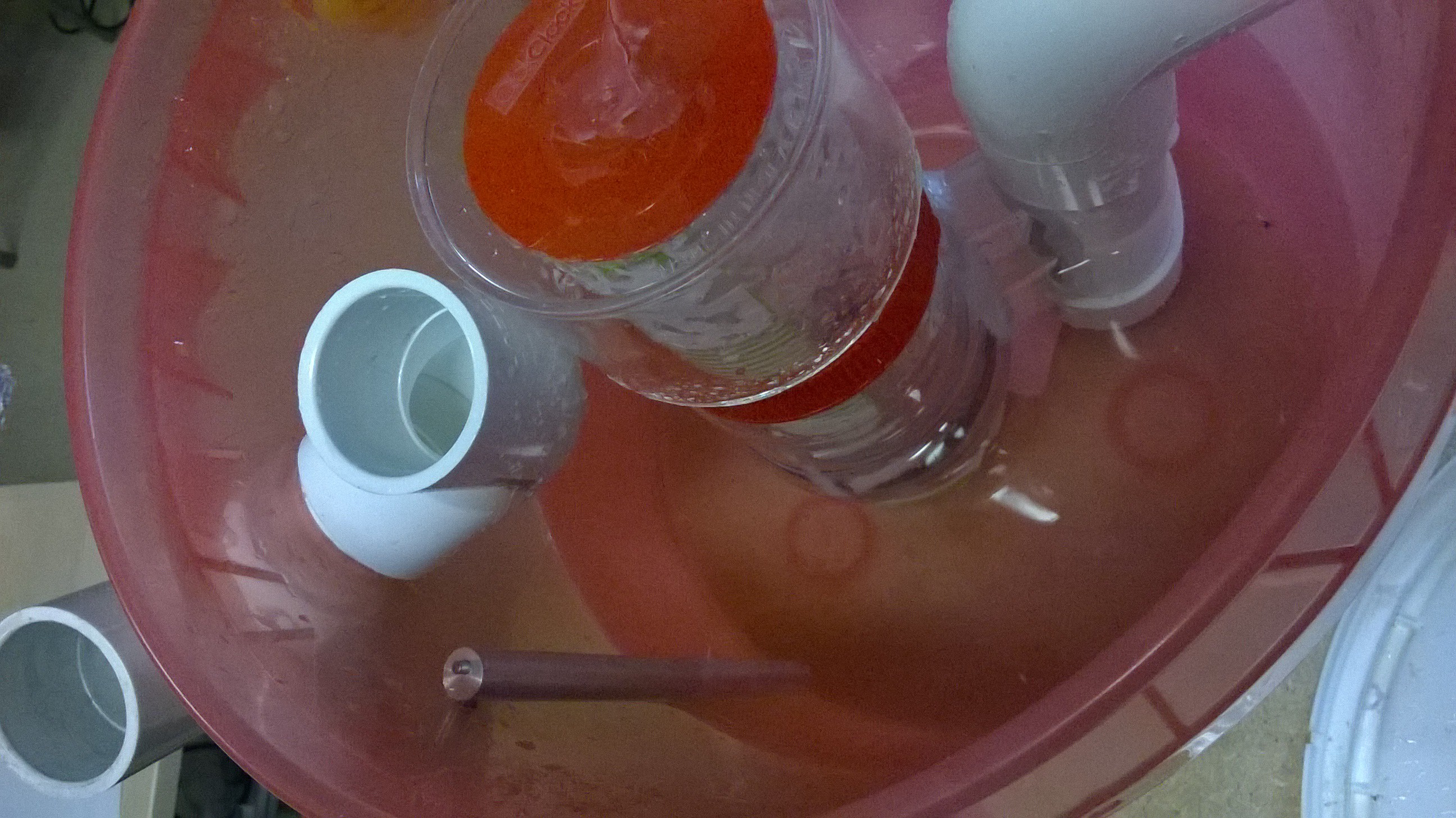
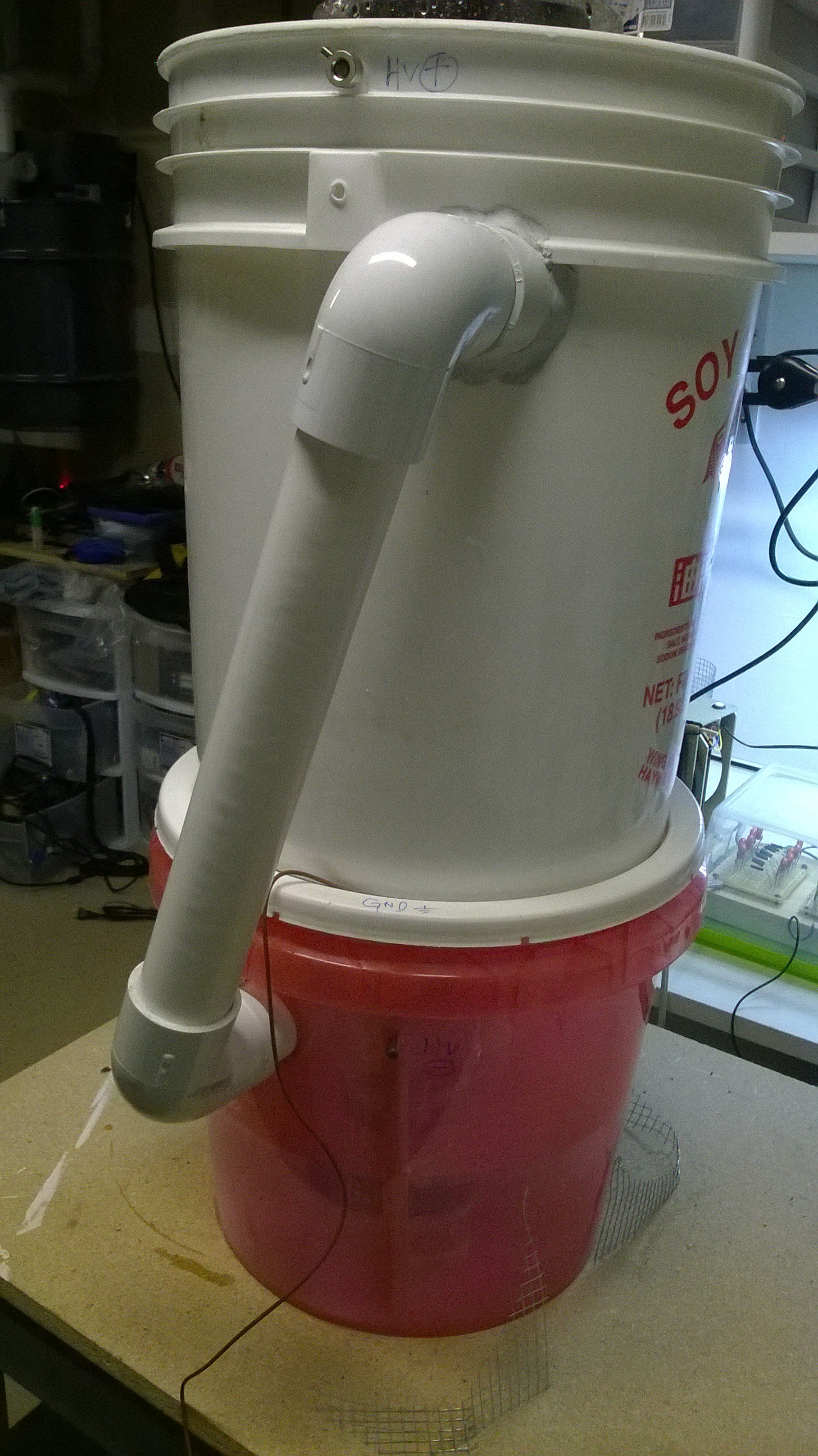
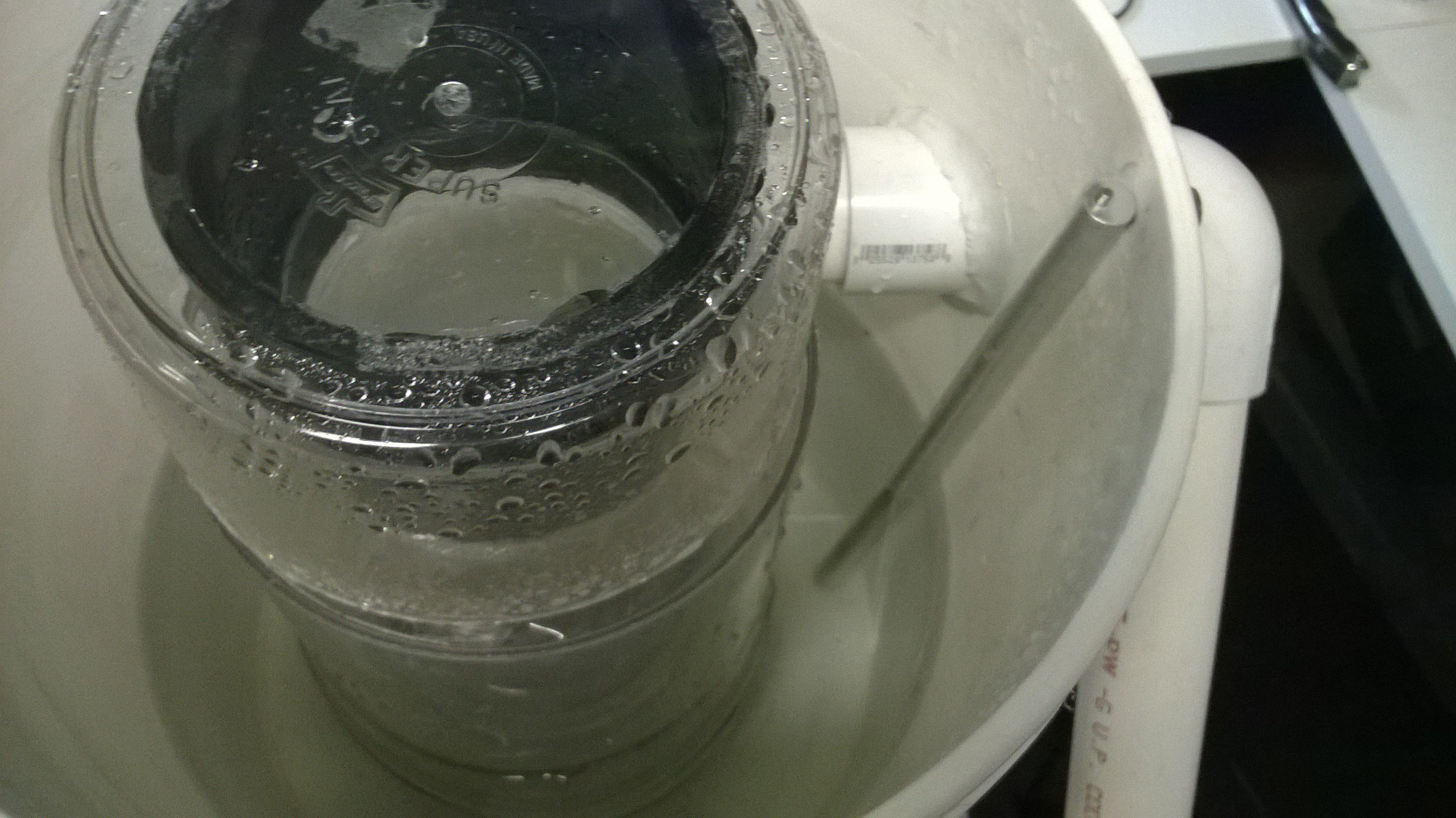
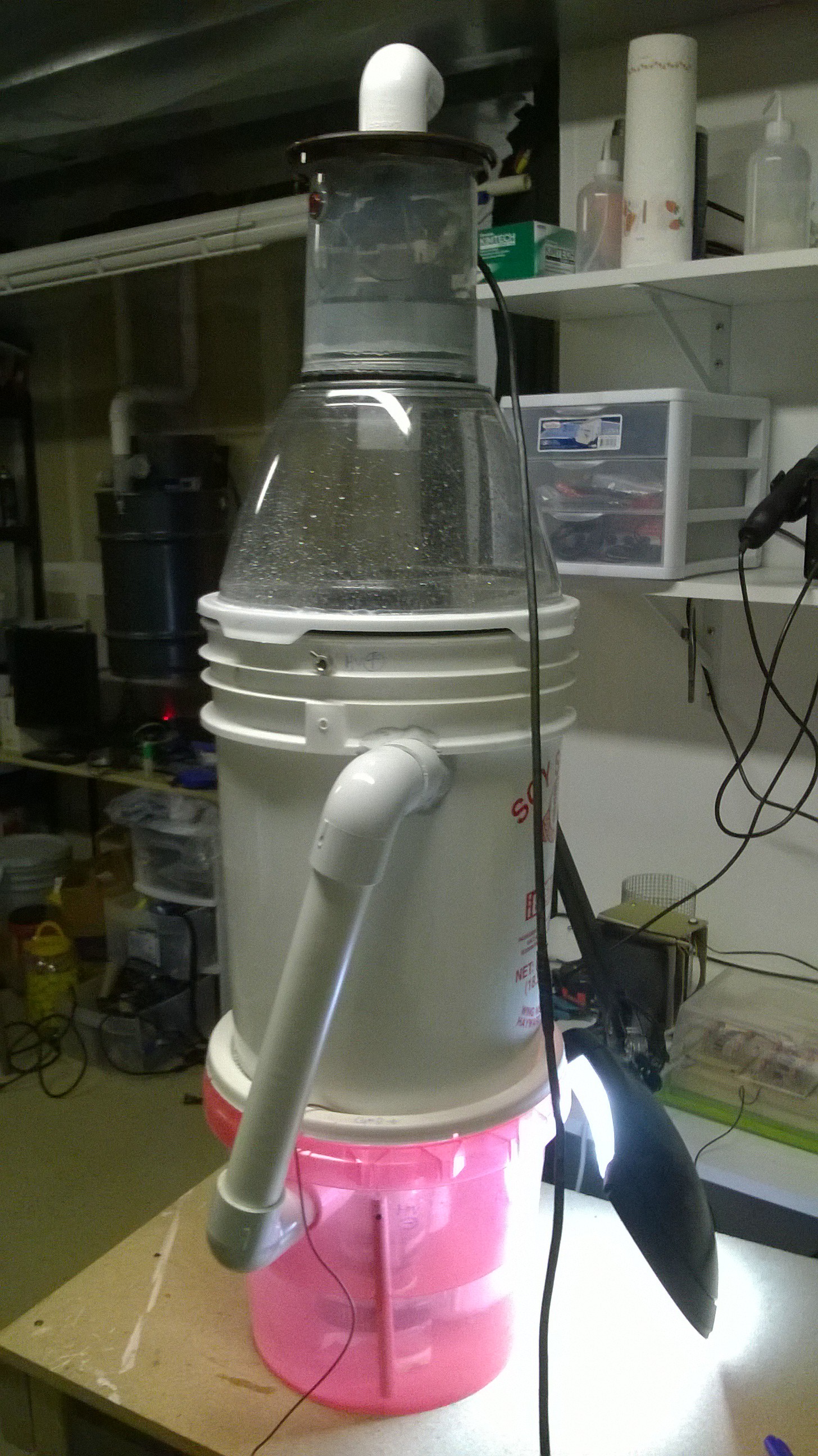
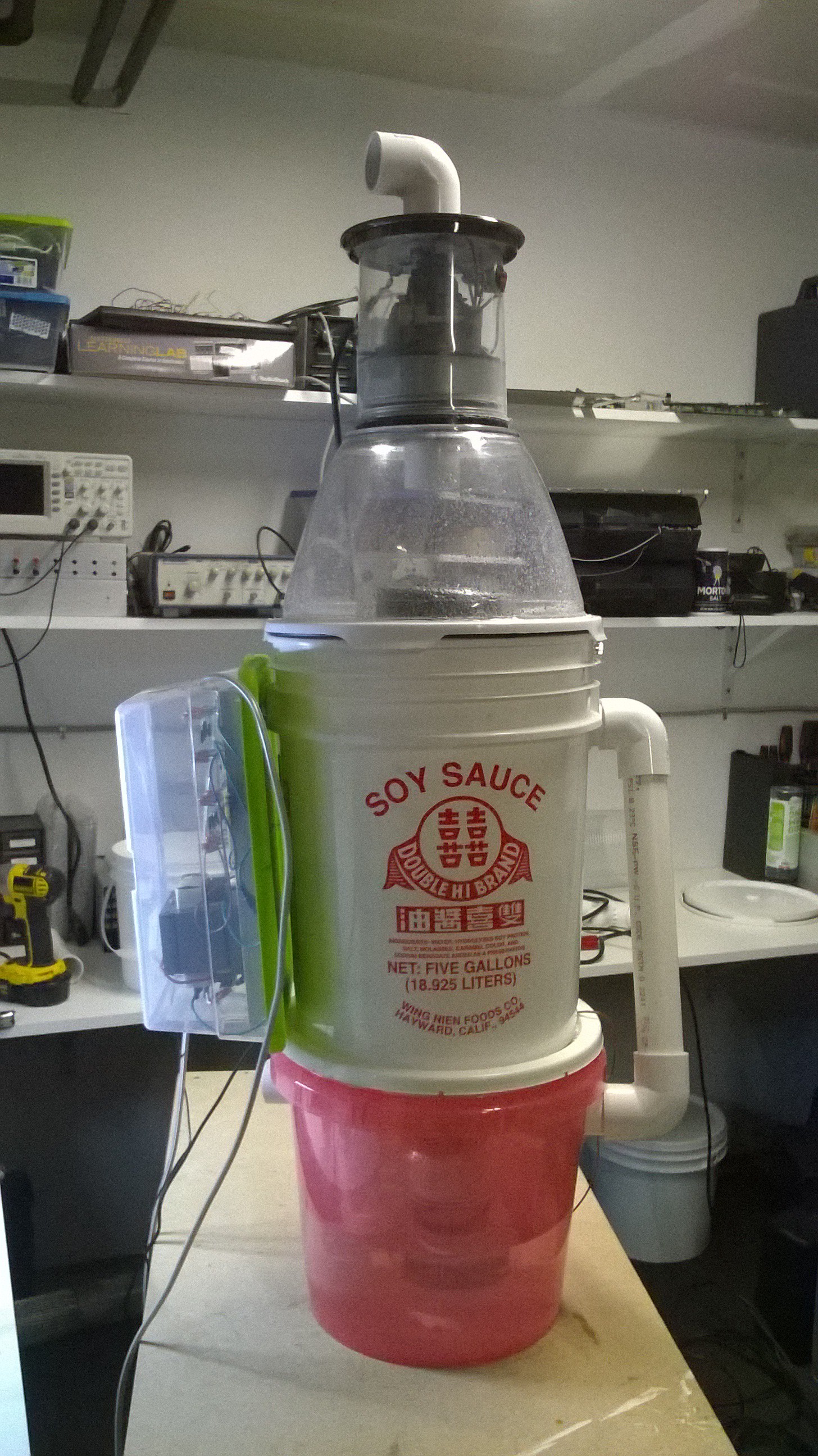
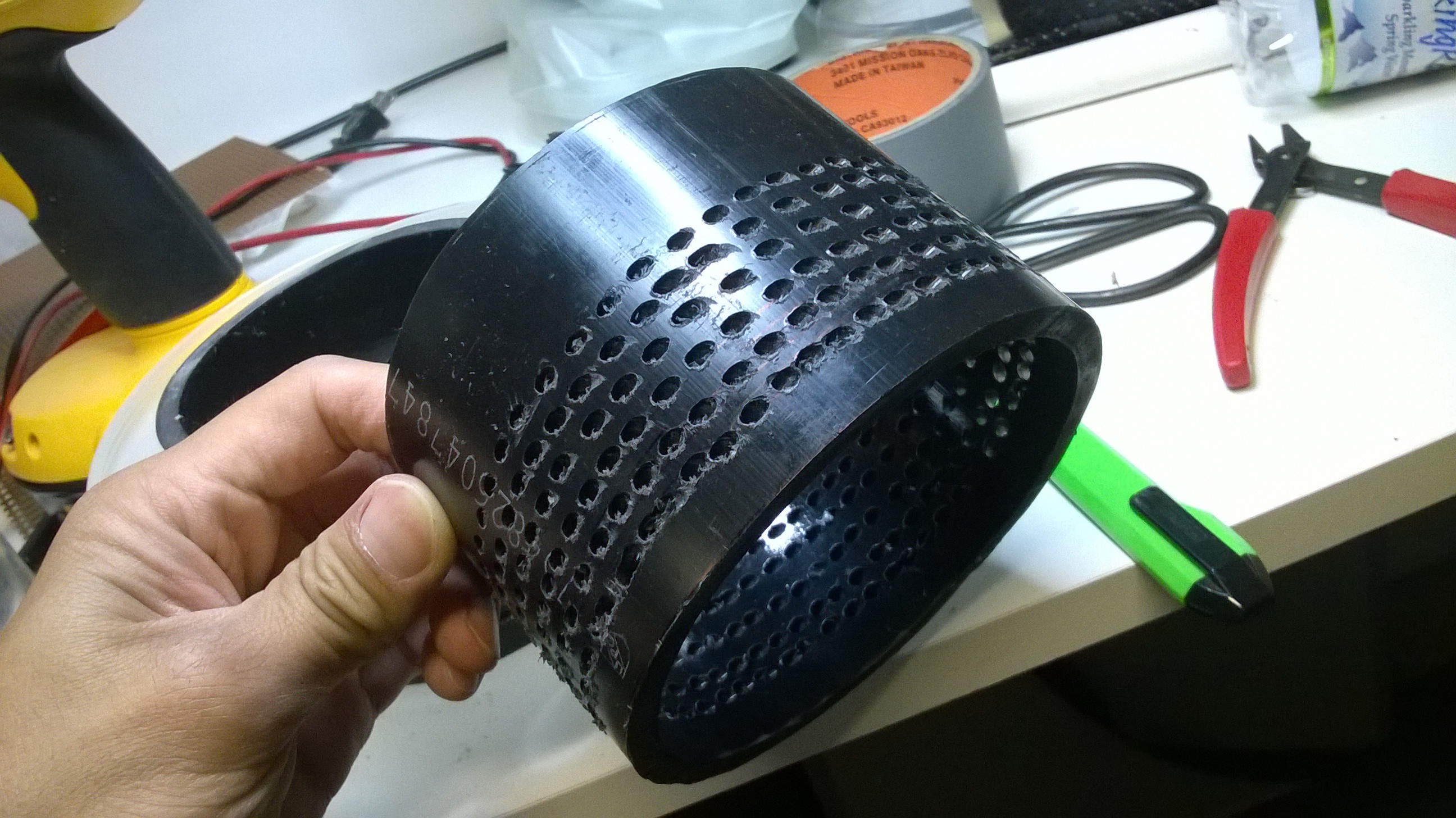
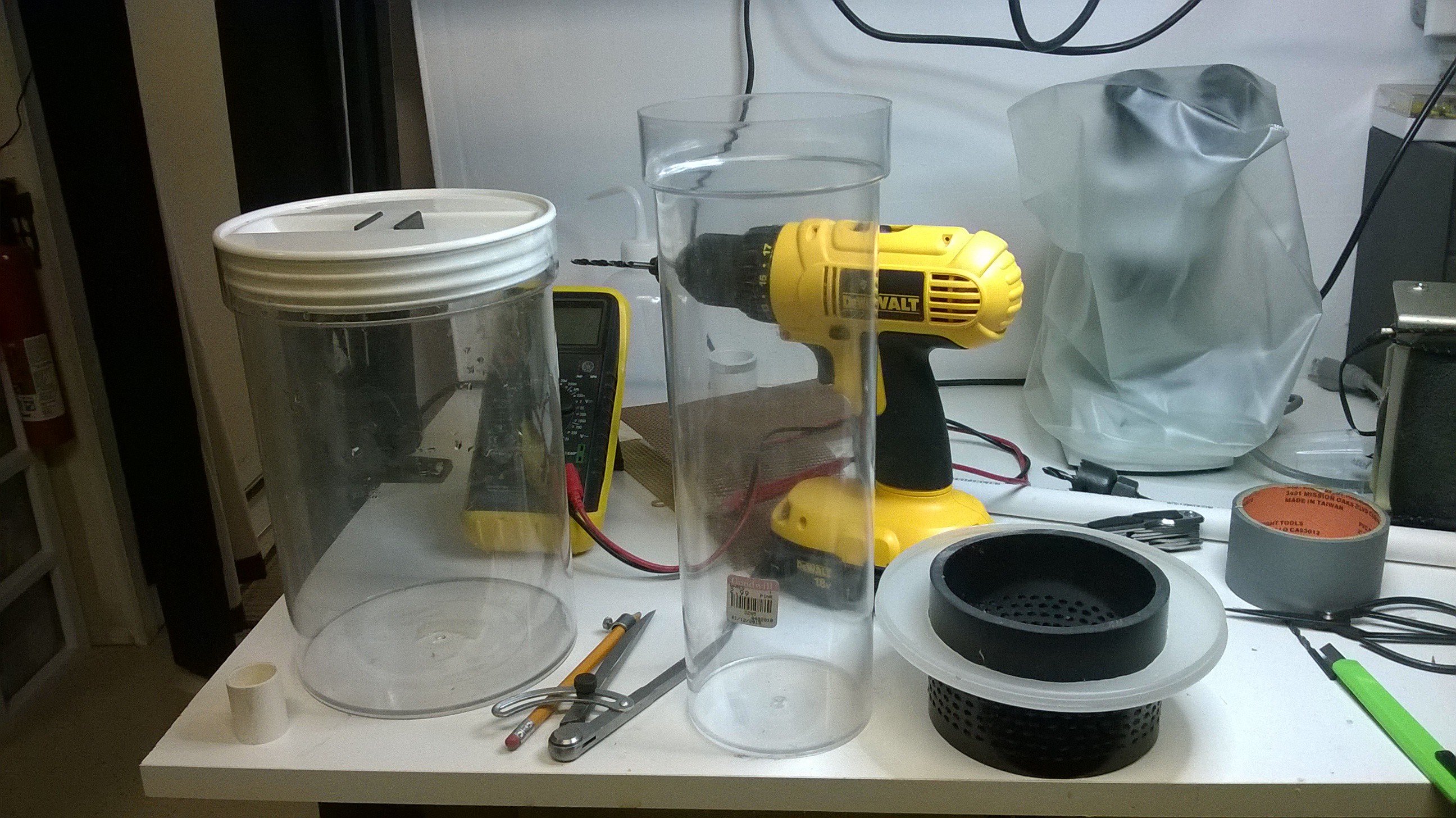
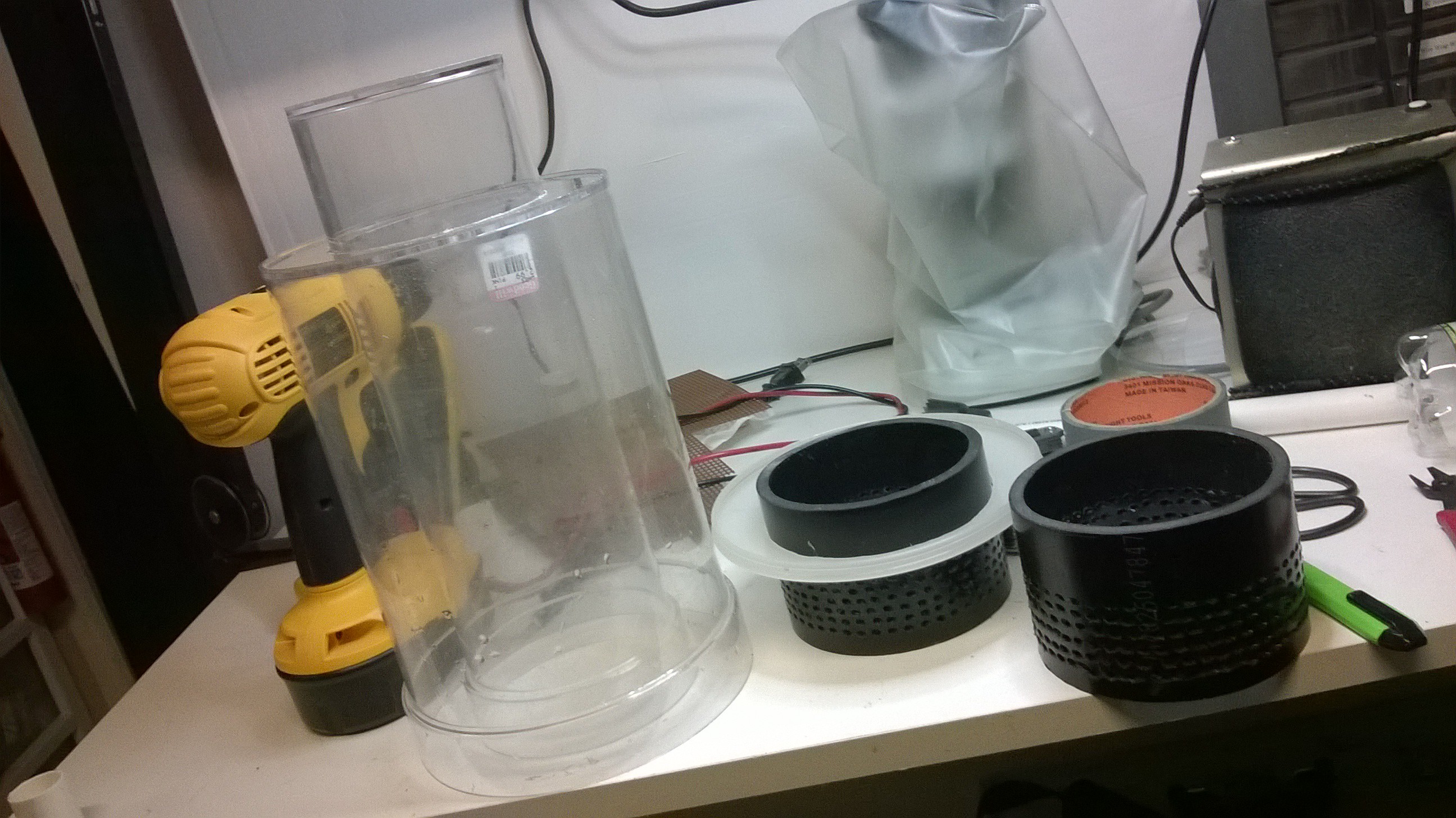 Note that inserting the narrower container into the larger one creates a hollow walled tube.
Note that inserting the narrower container into the larger one creates a hollow walled tube.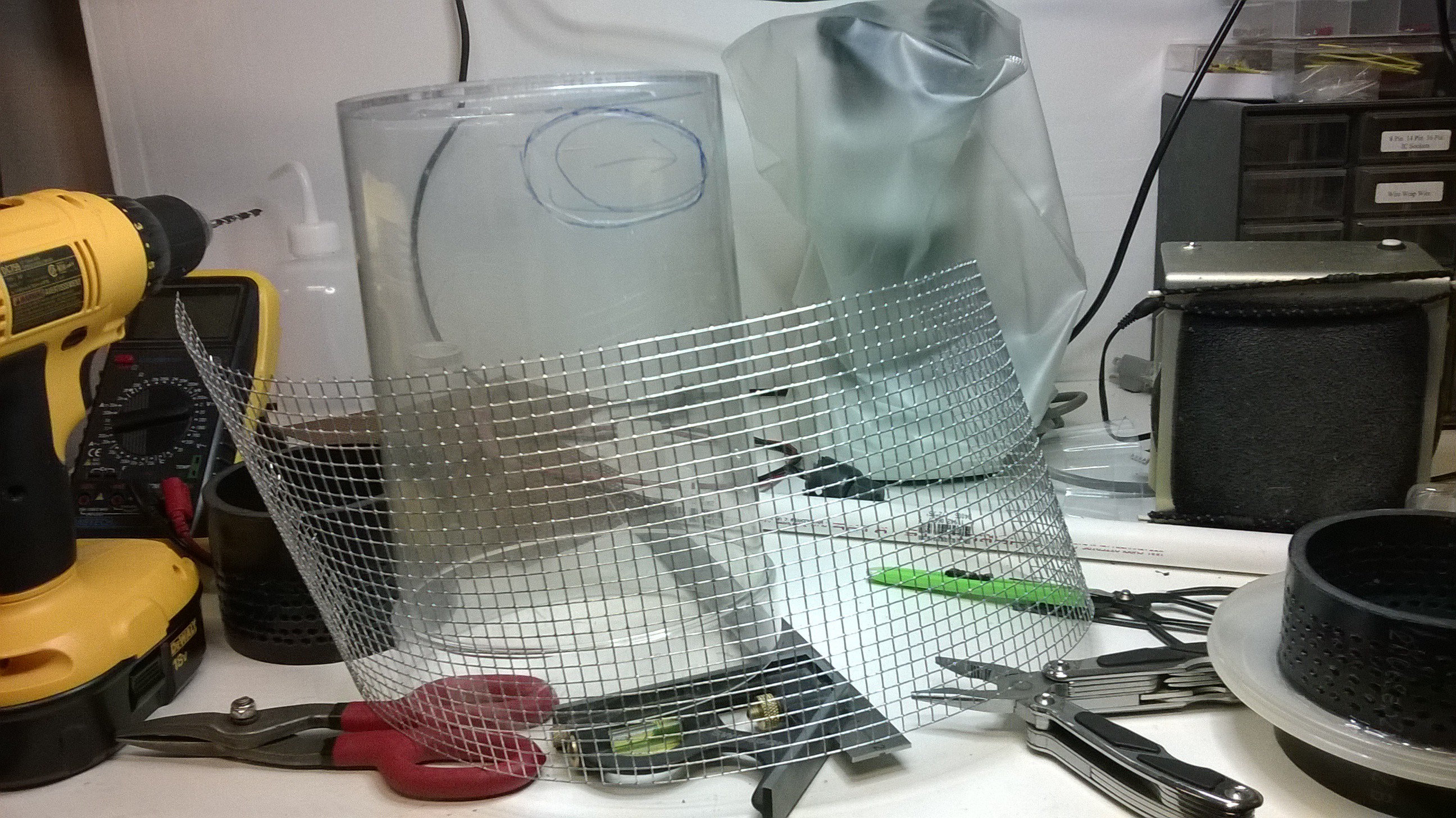 Then glue a 1 1/4" PVC pipe to the oval hole to act as an inlet port.
Then glue a 1 1/4" PVC pipe to the oval hole to act as an inlet port. 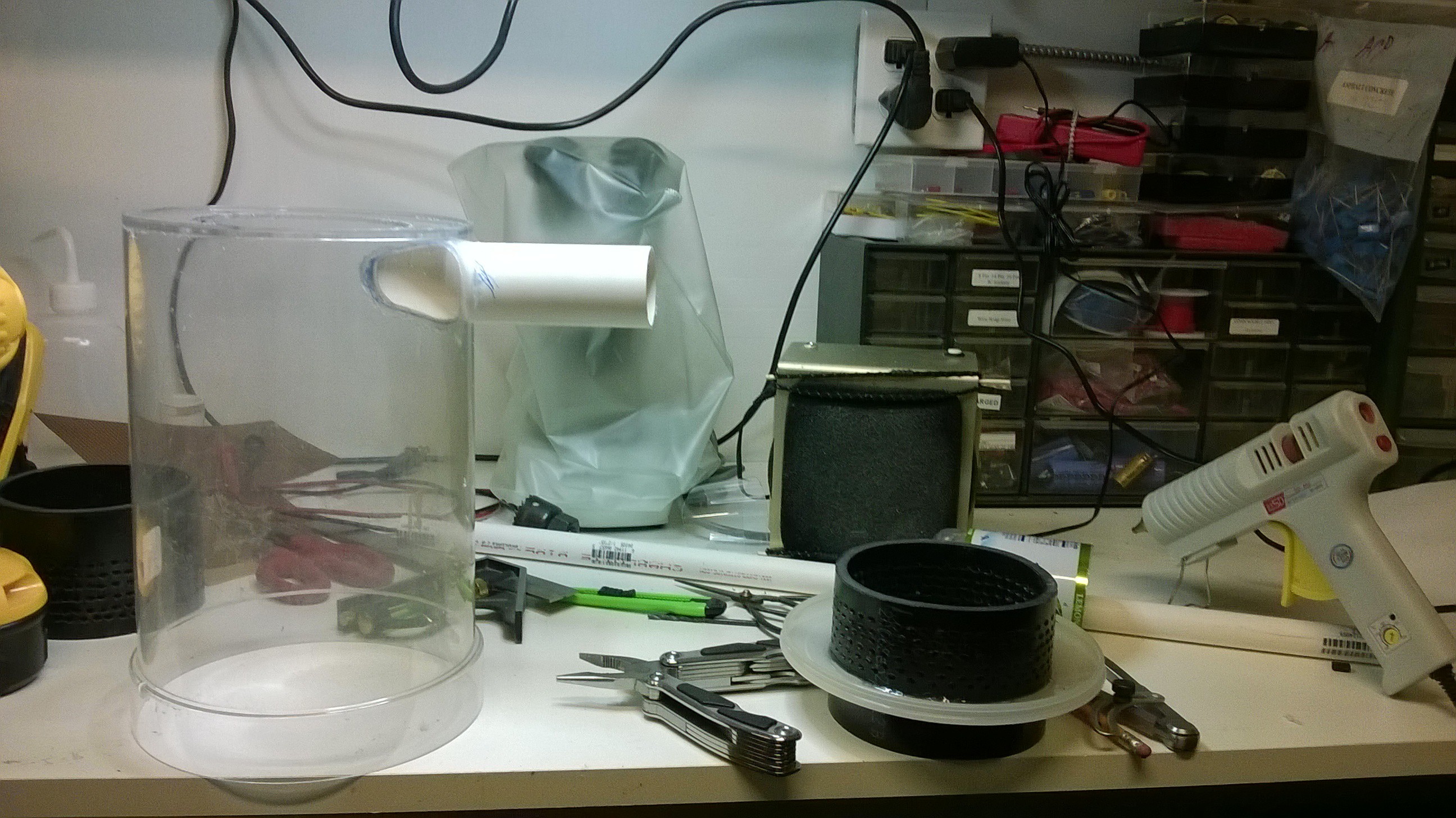



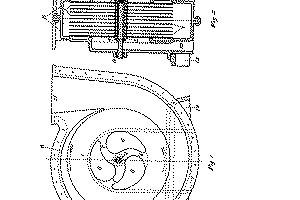
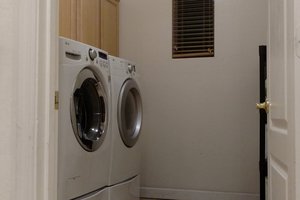
 David Thomas
David Thomas
 Ian Charnas
Ian Charnas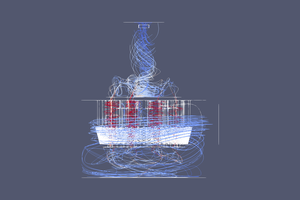
 Nelson Phillips
Nelson Phillips
Hello Jimmy. I am very interested in your project. I would like to finance your project and come up with final product.